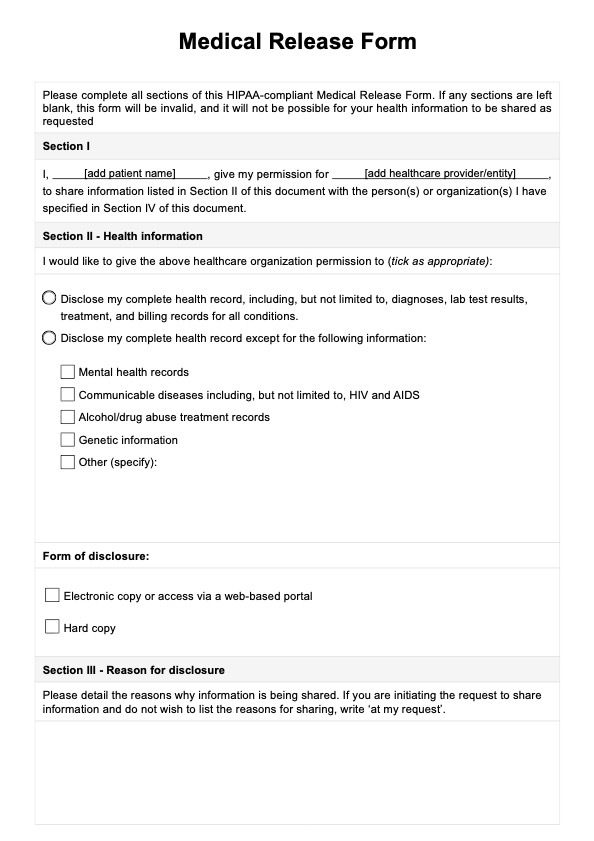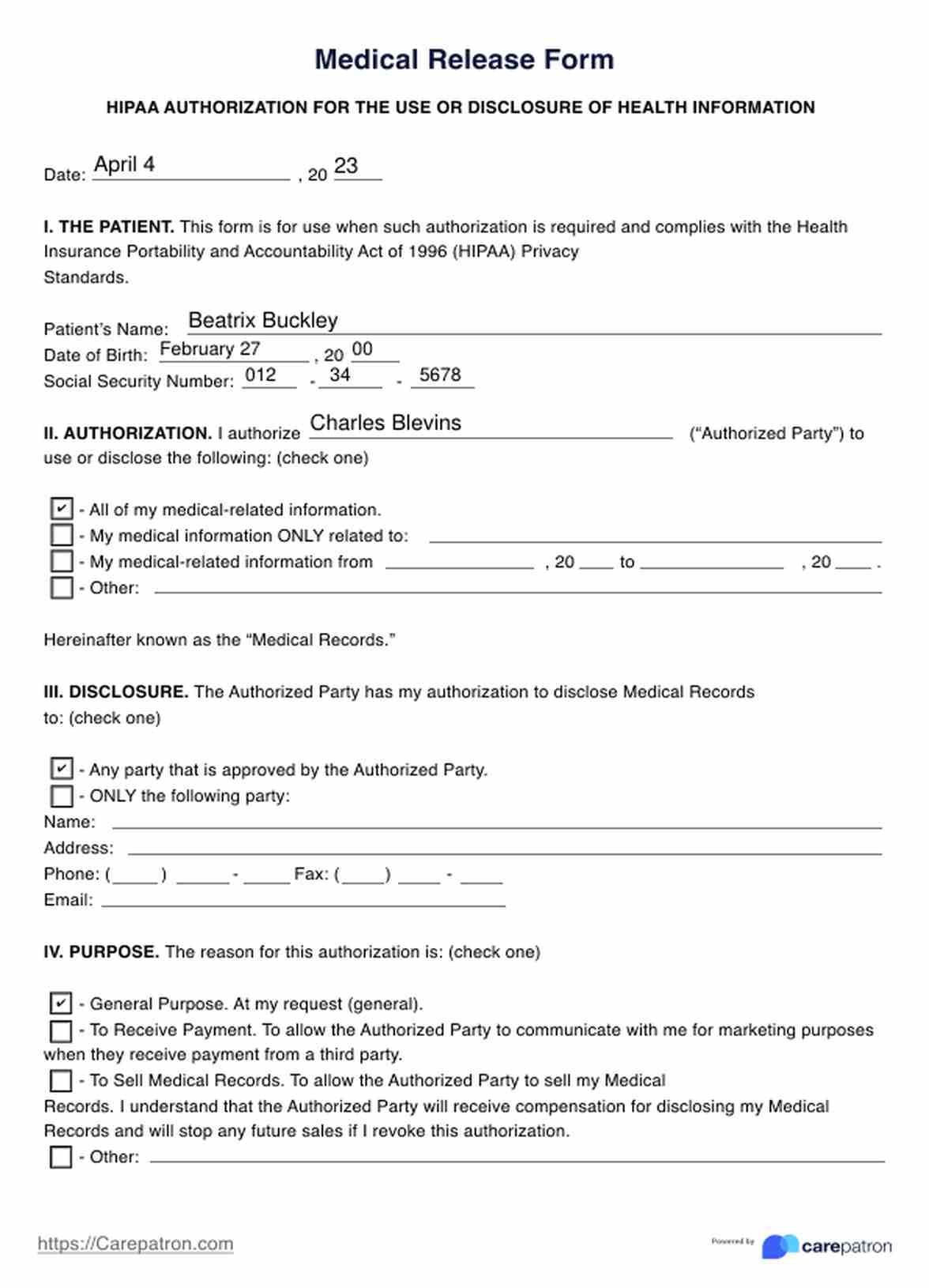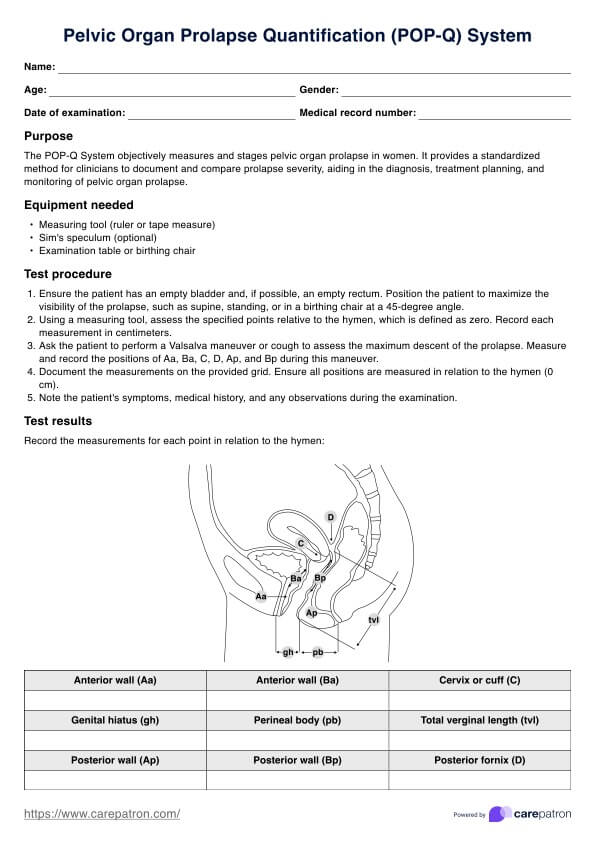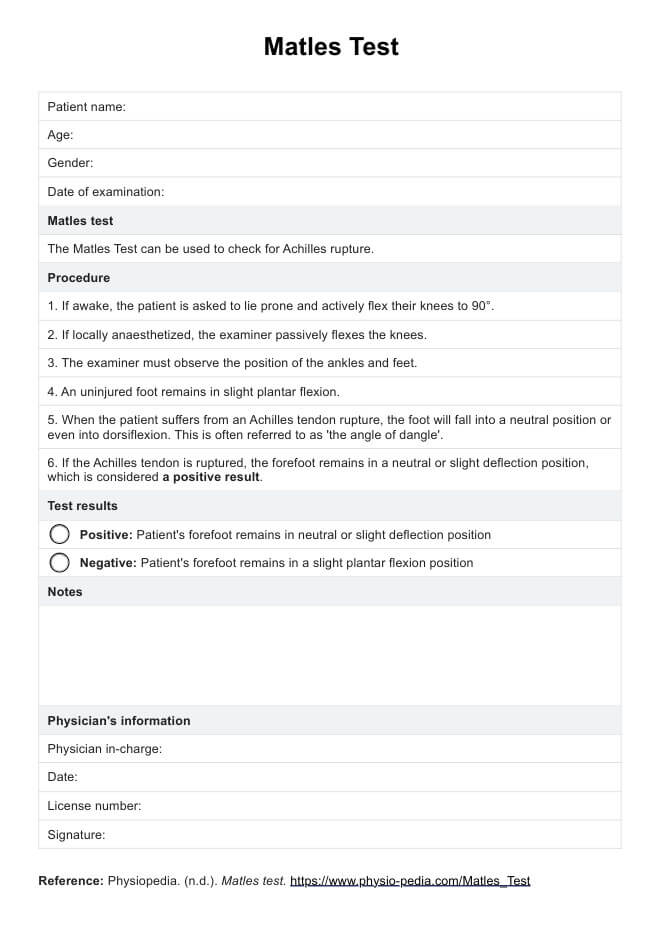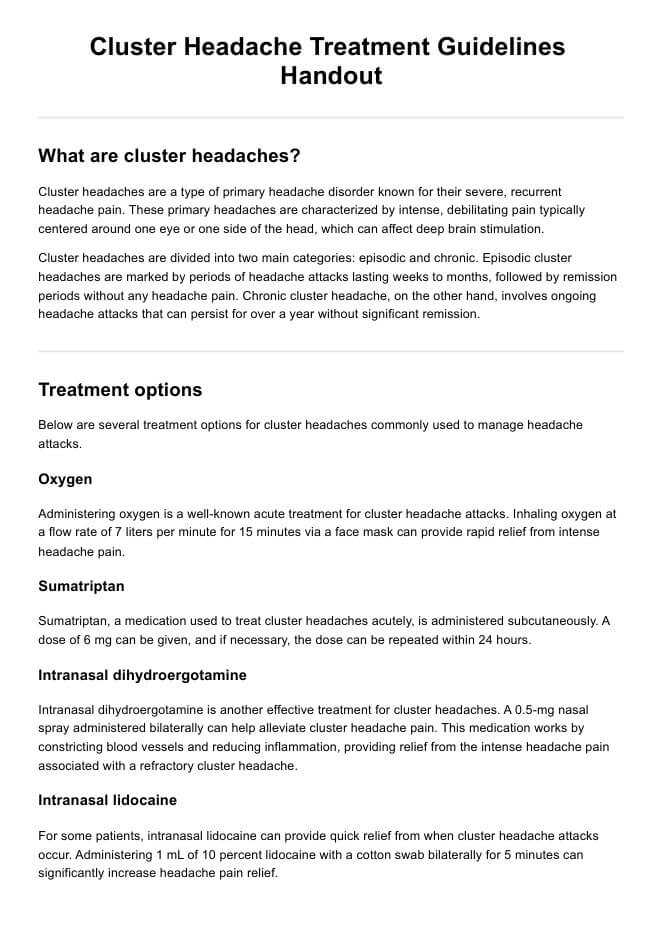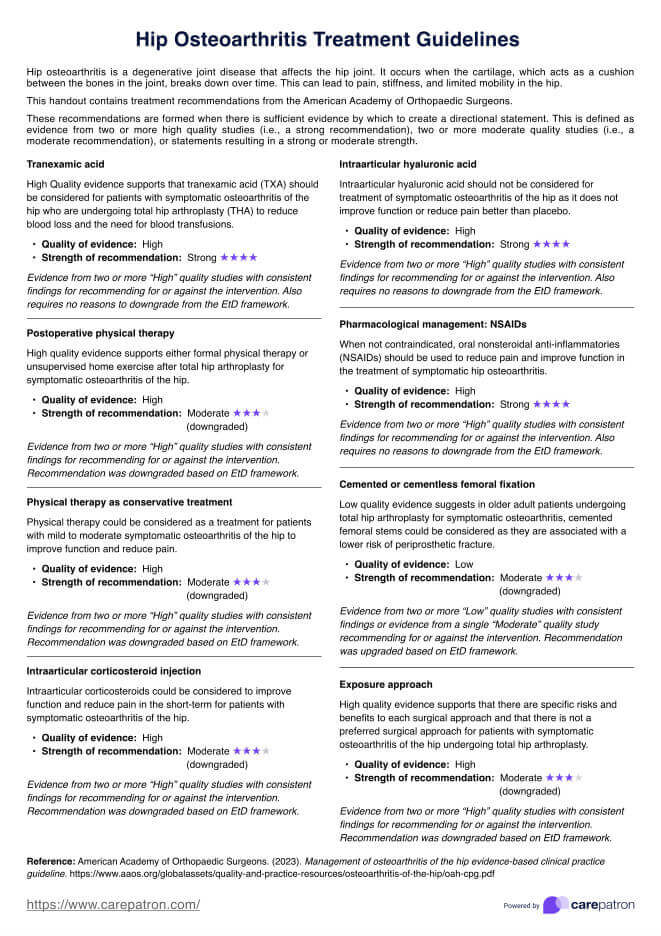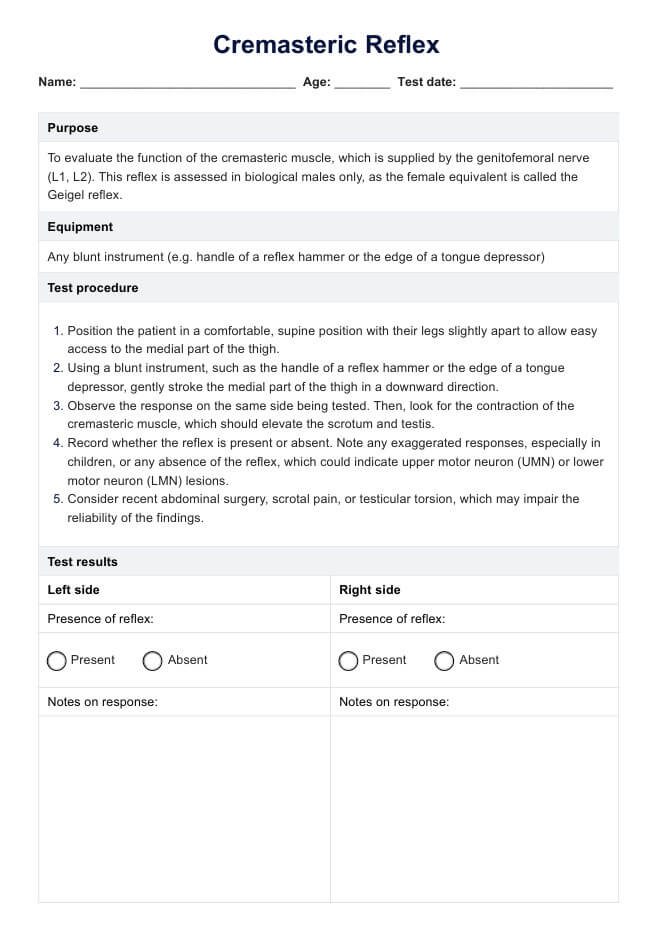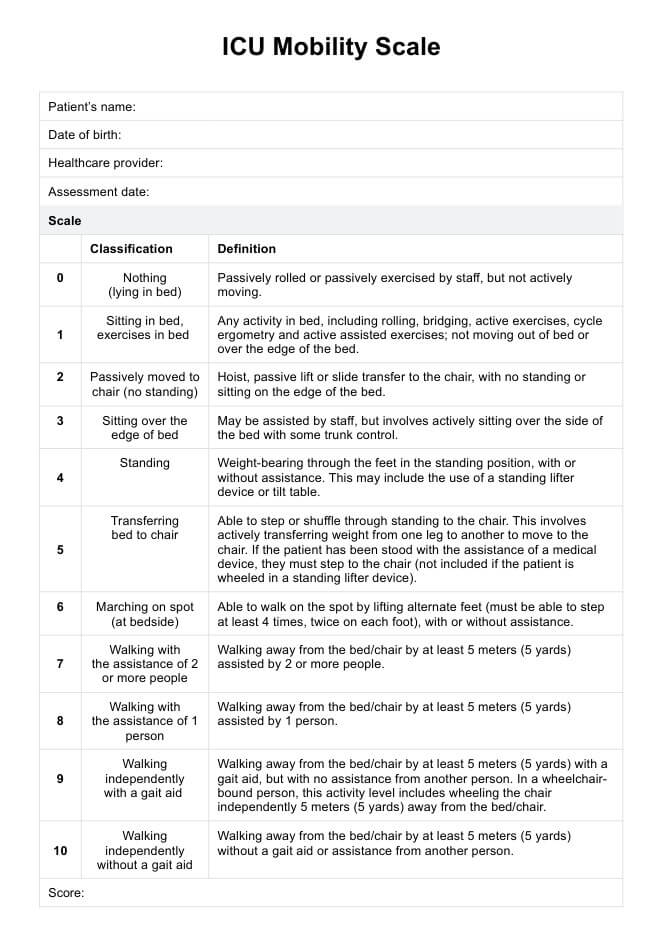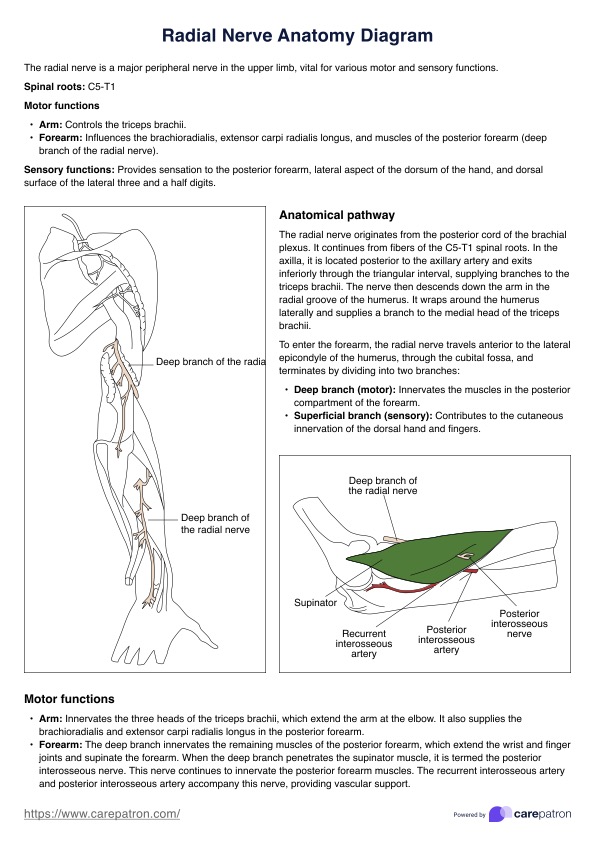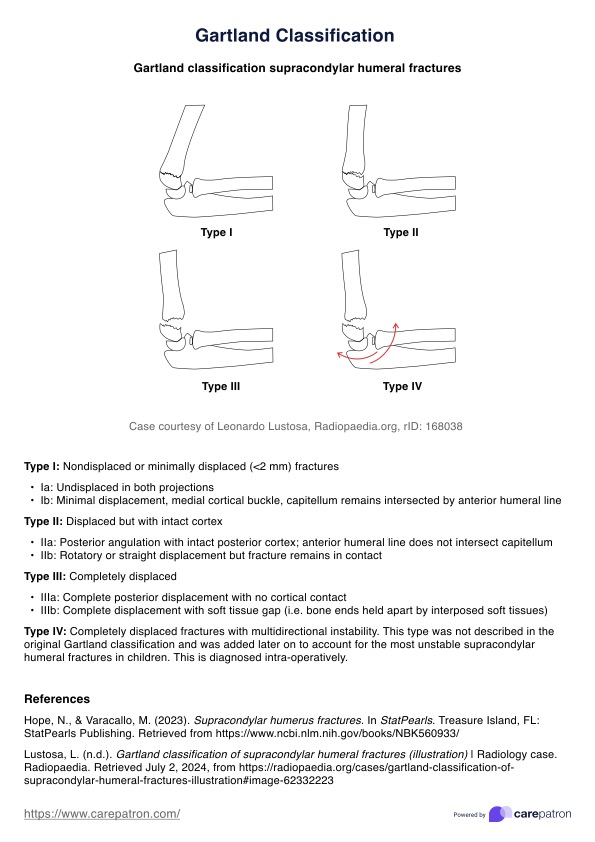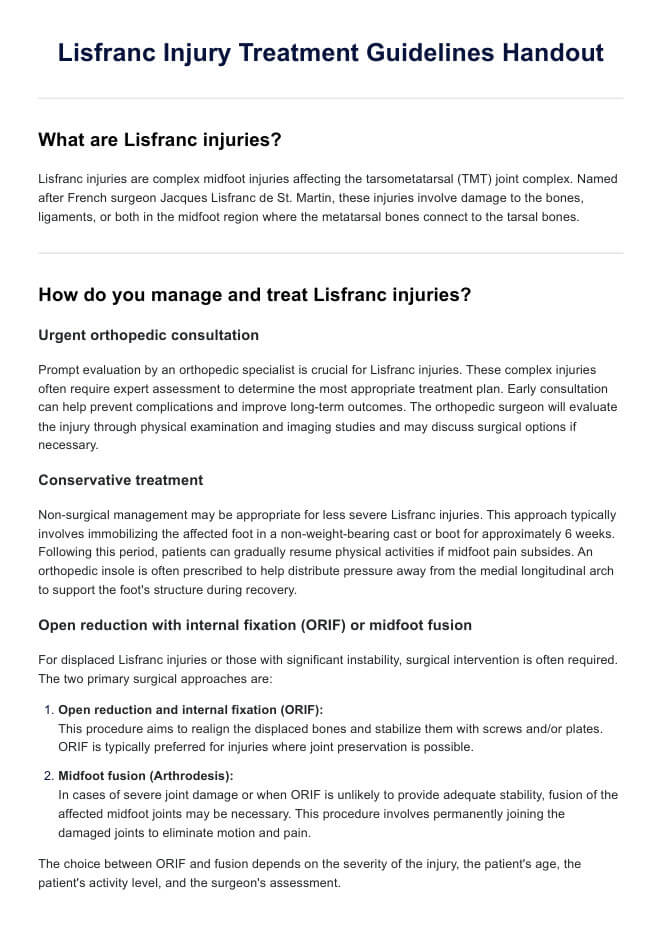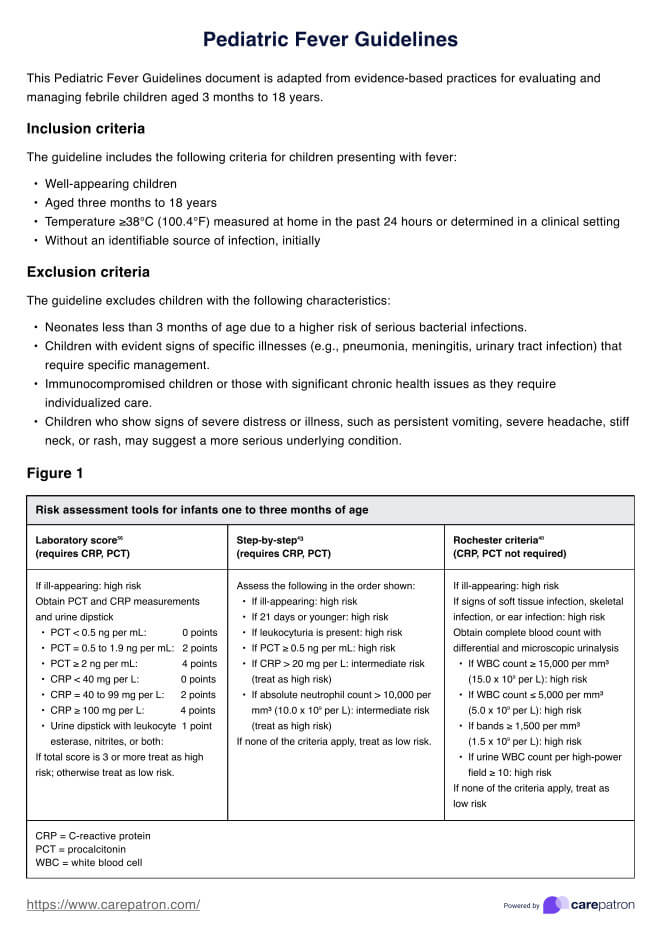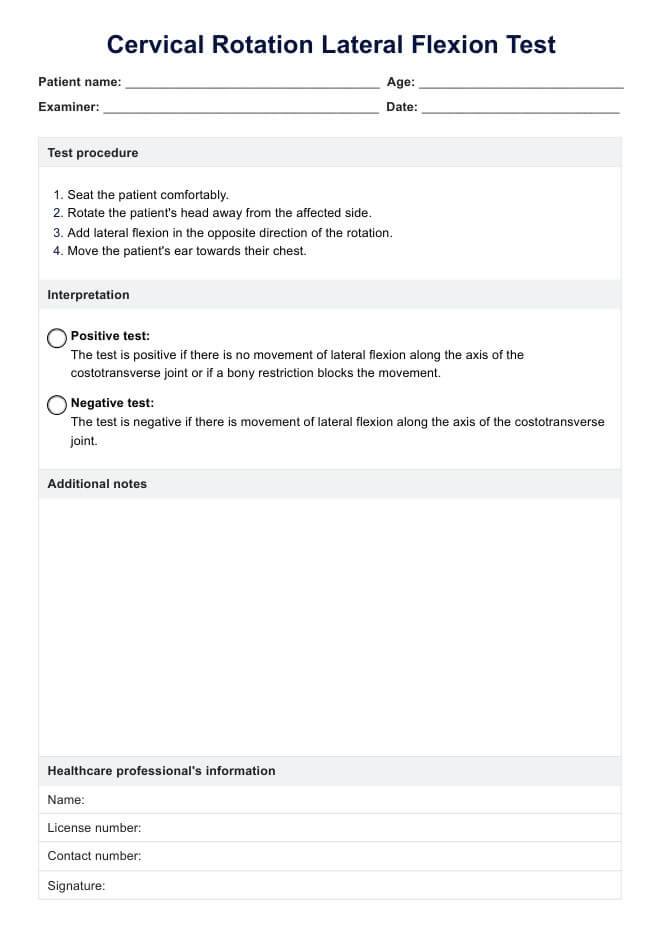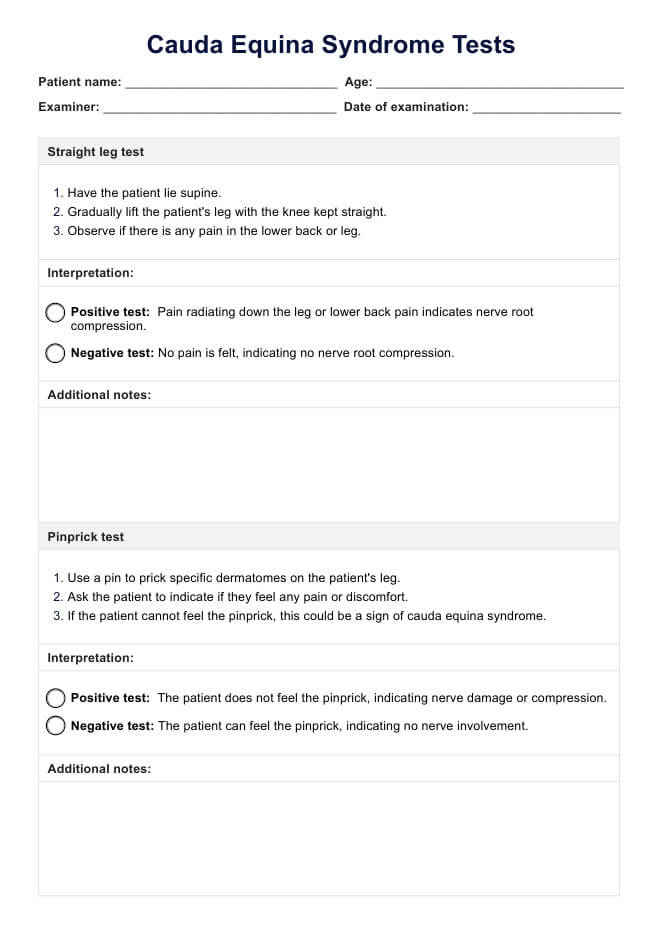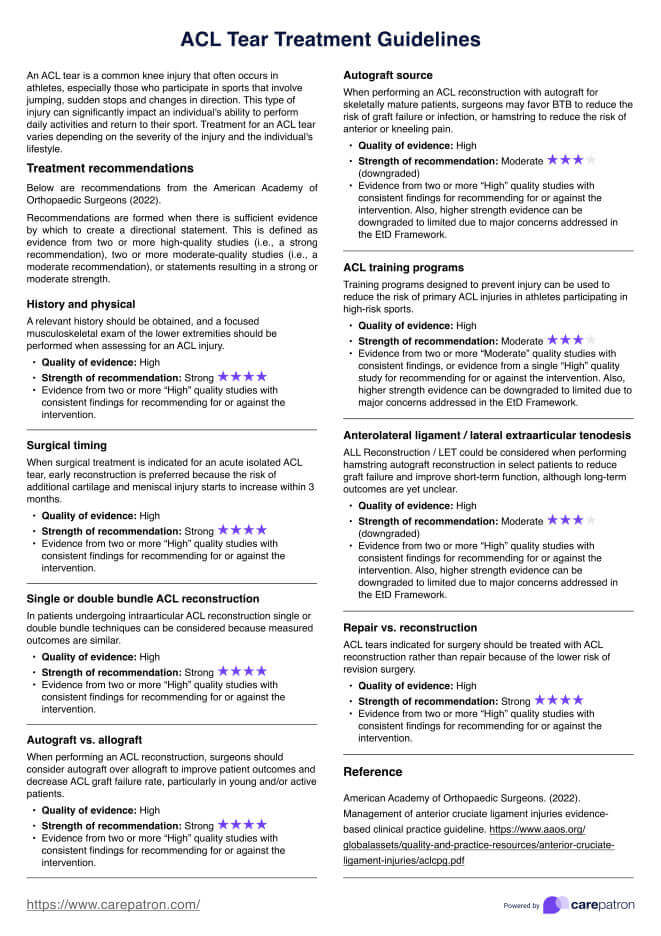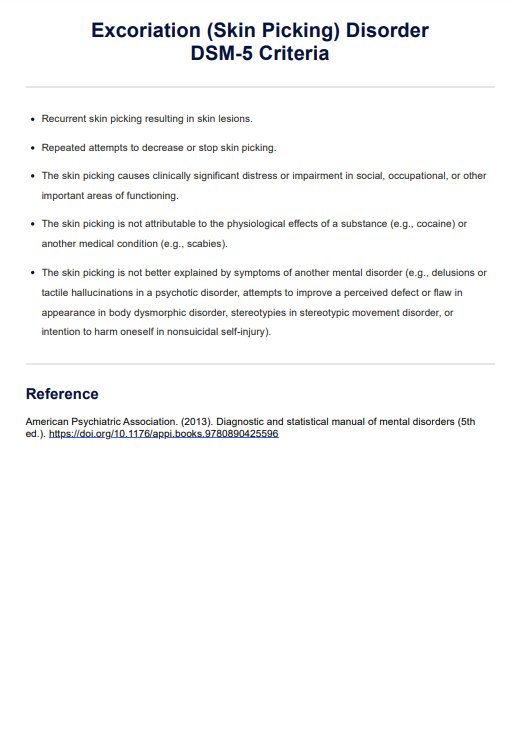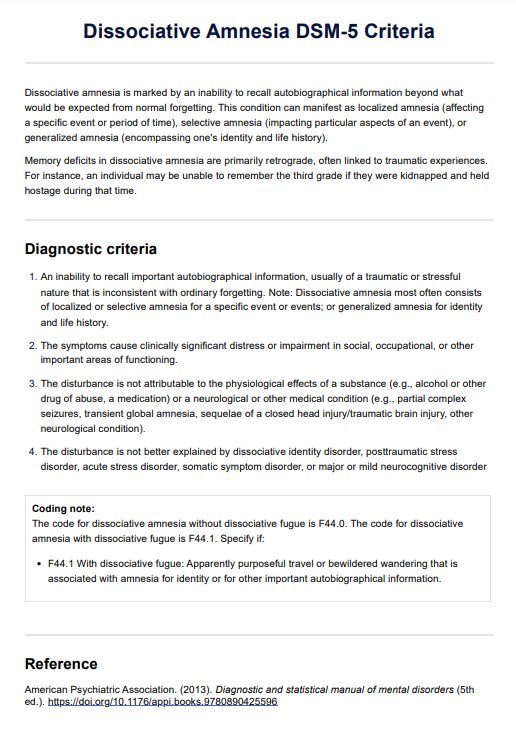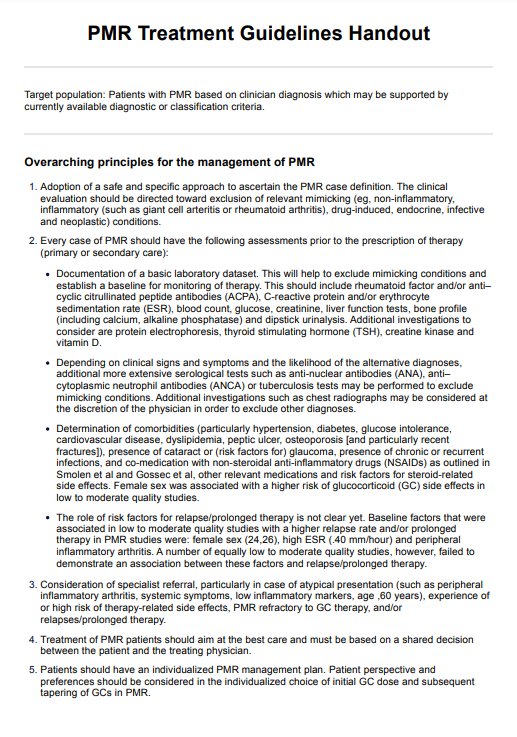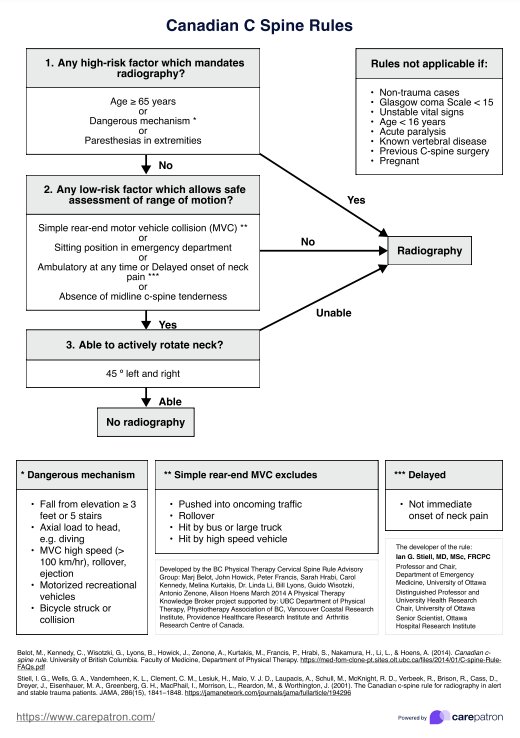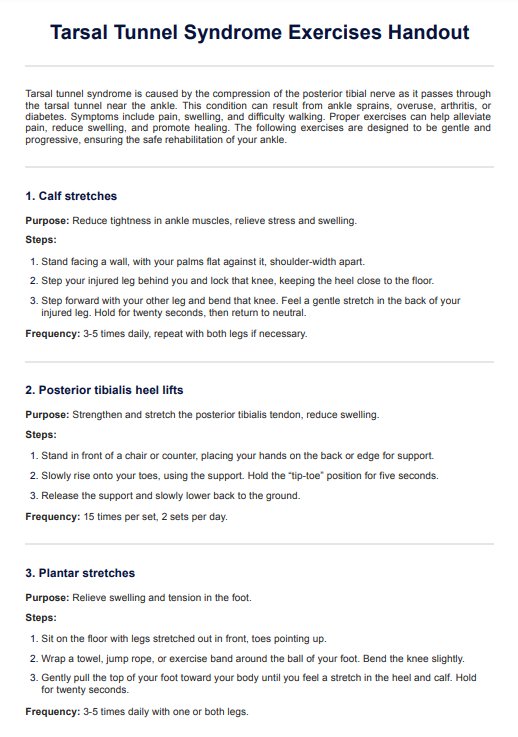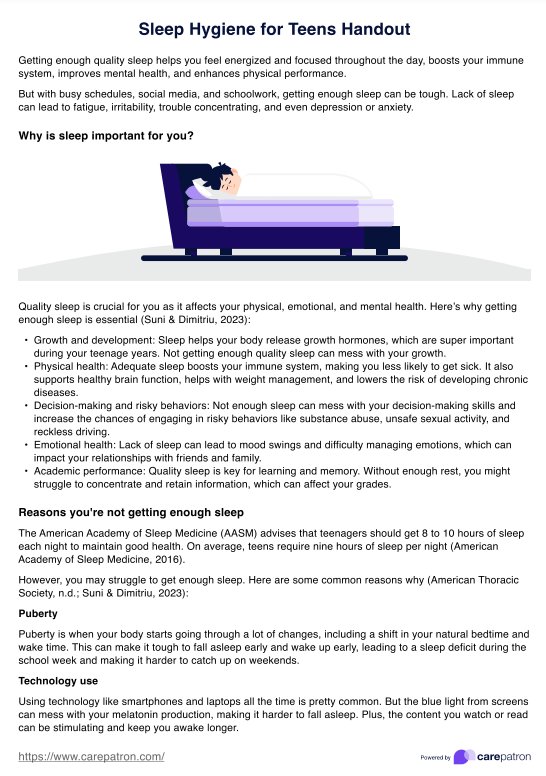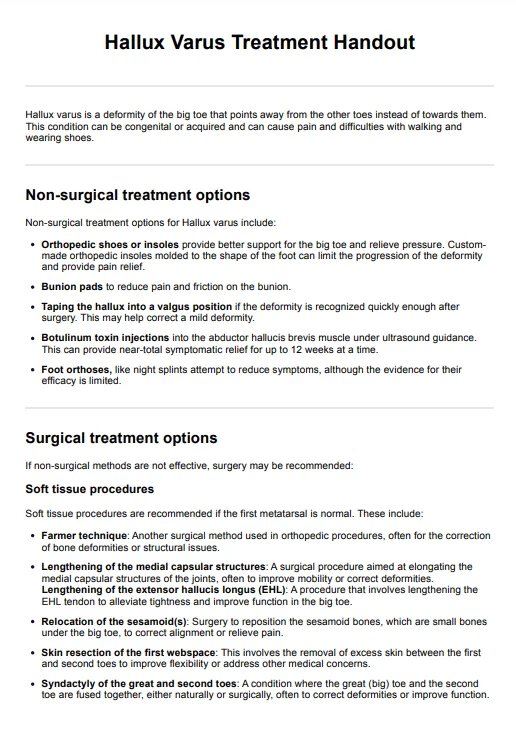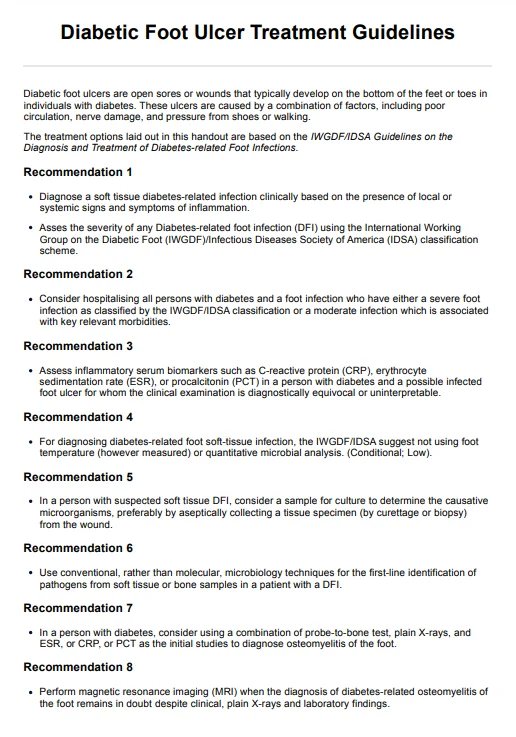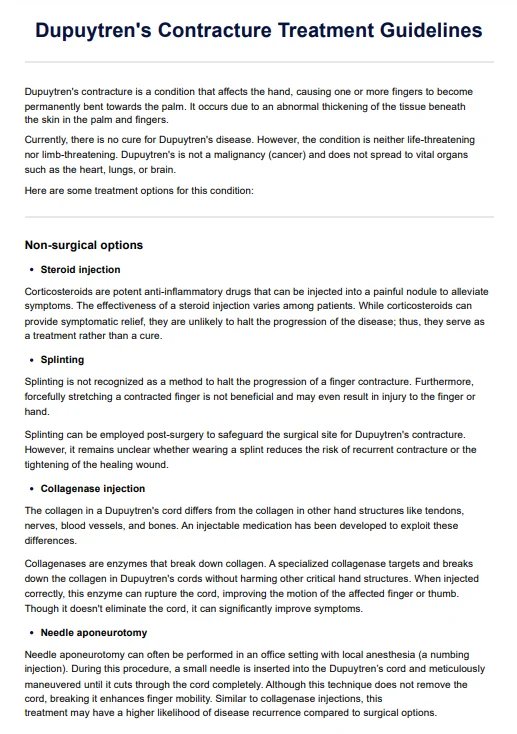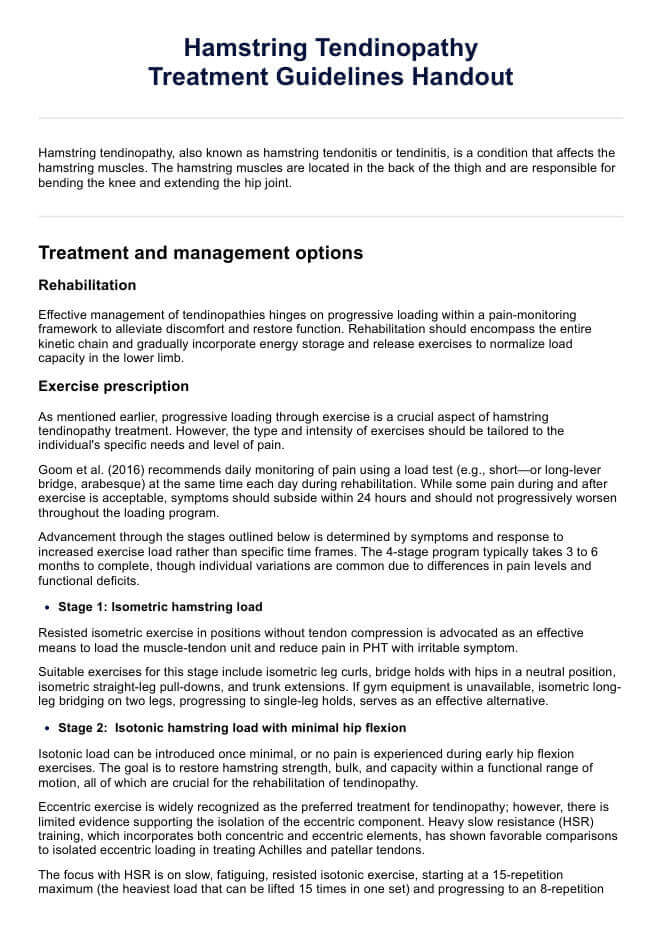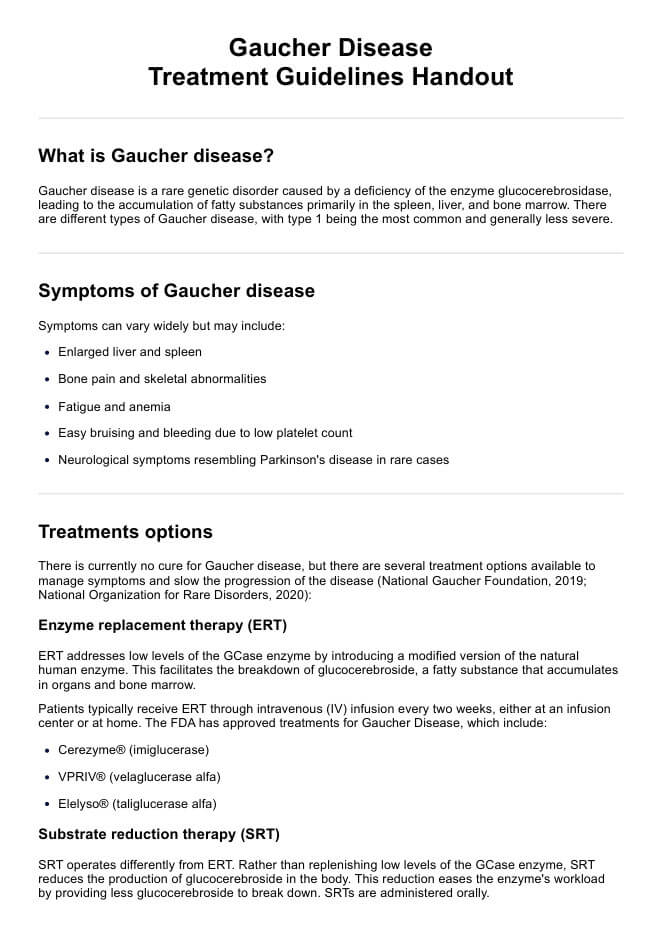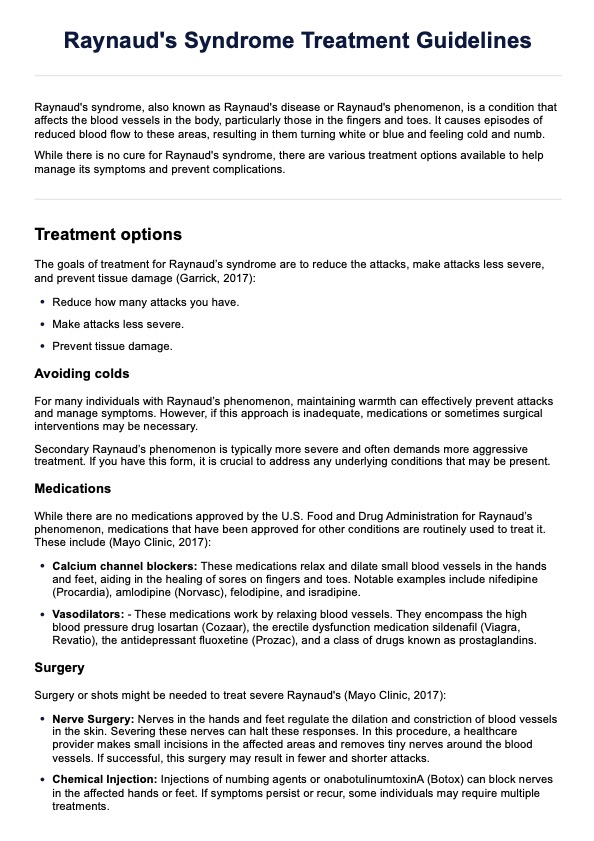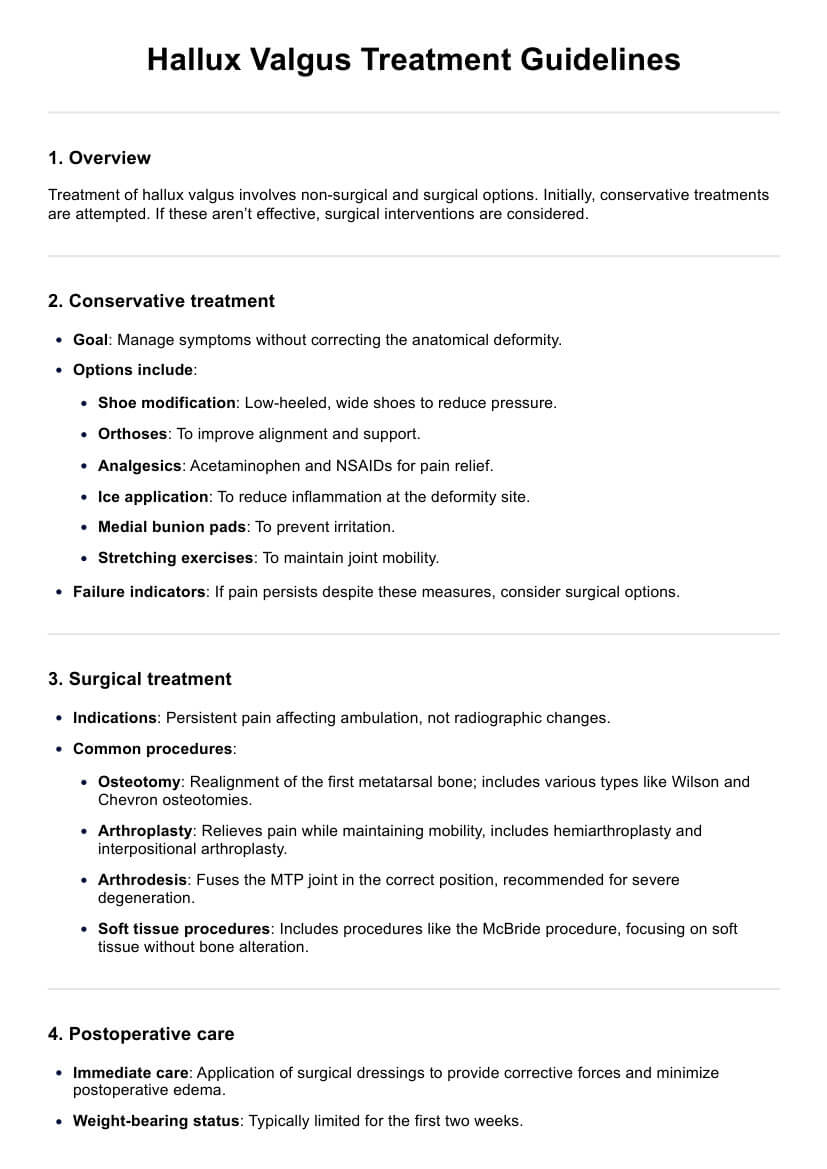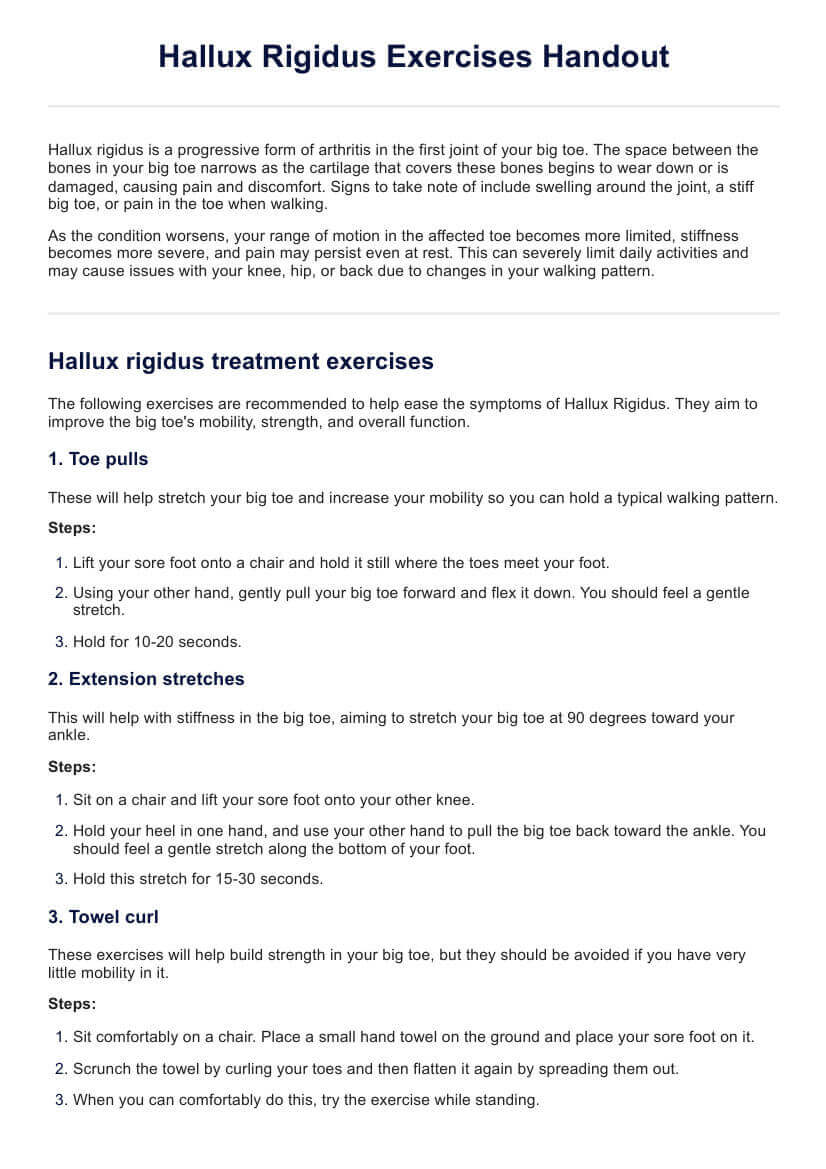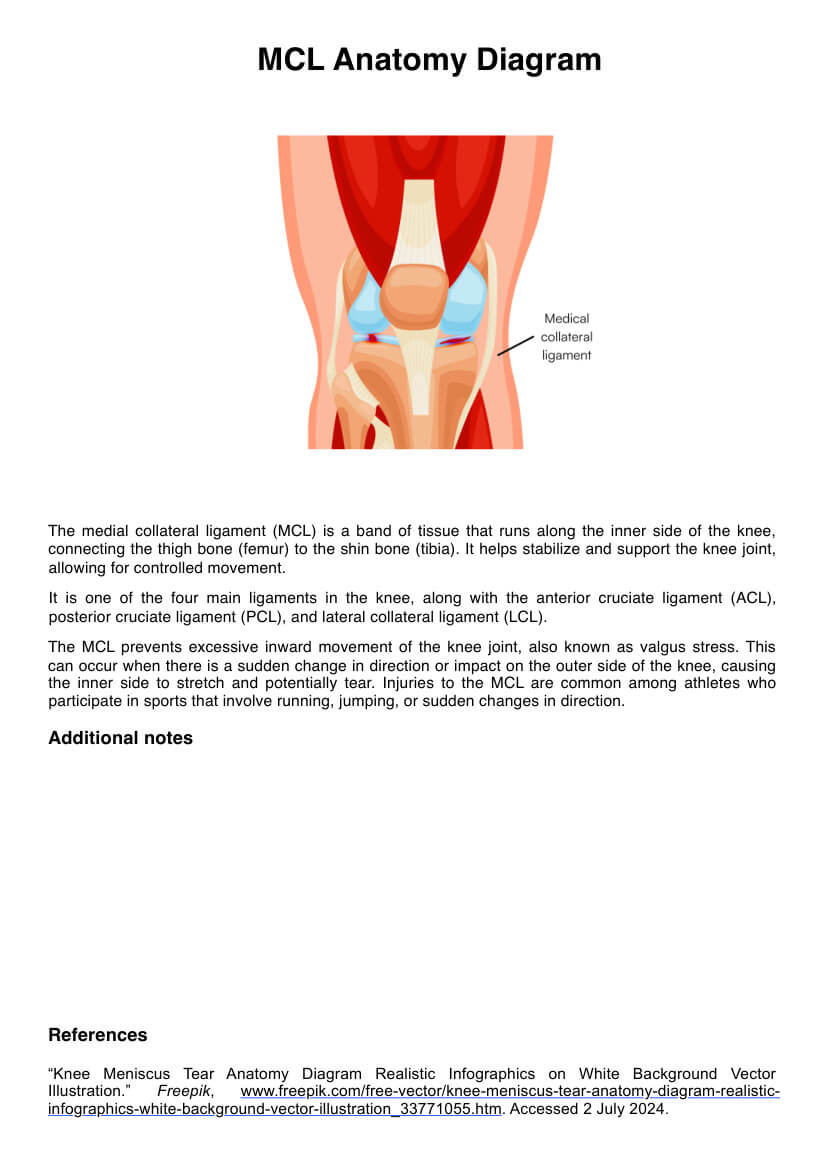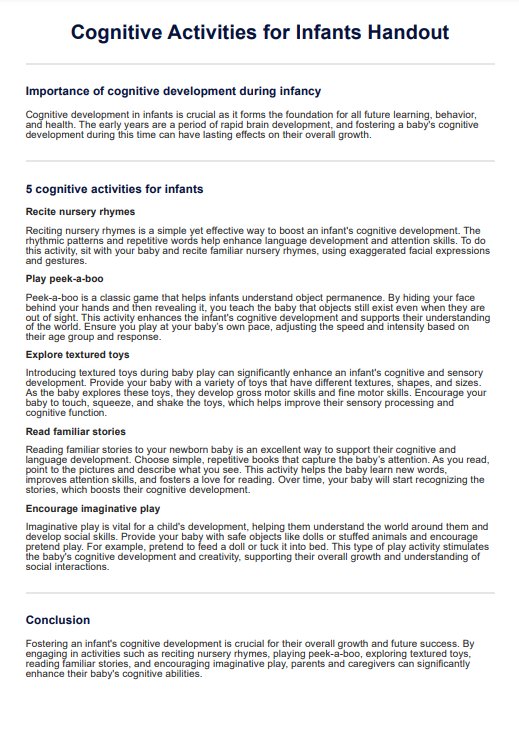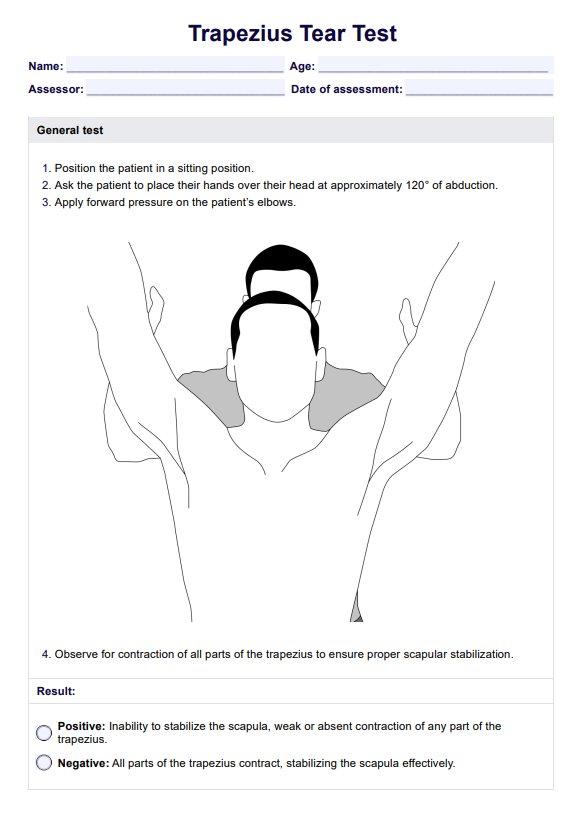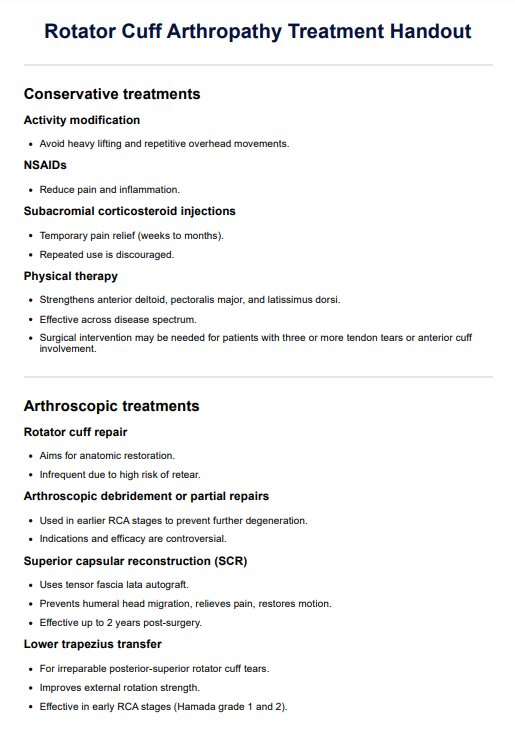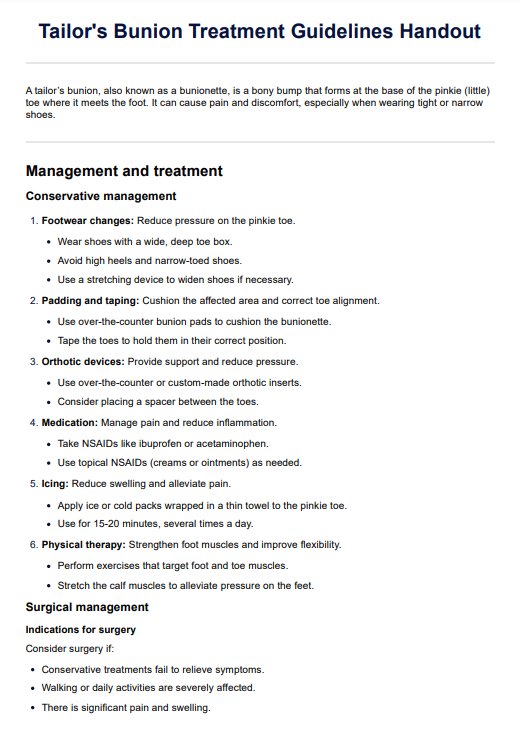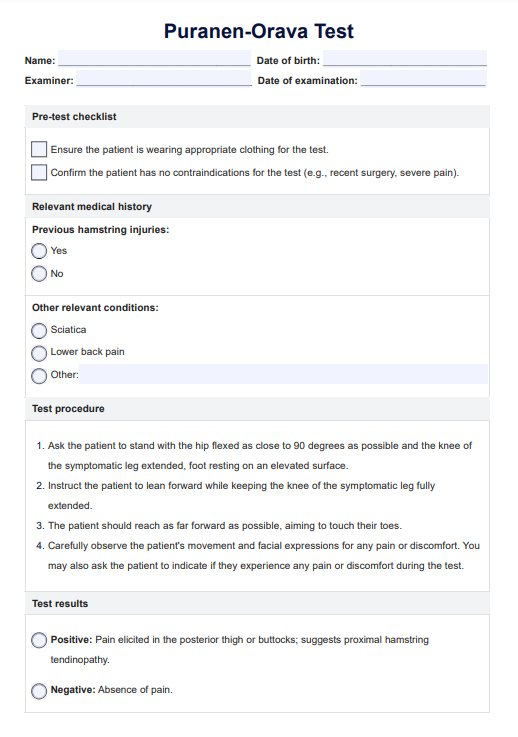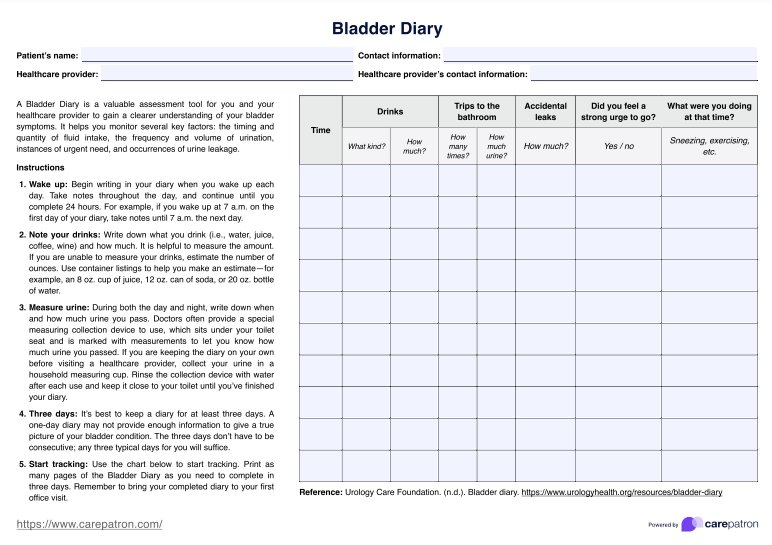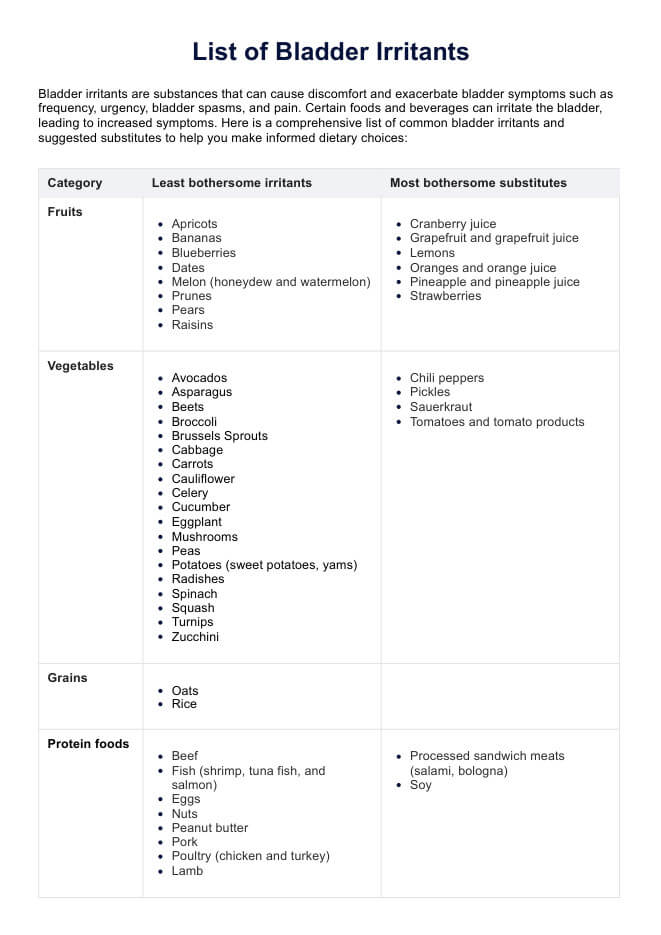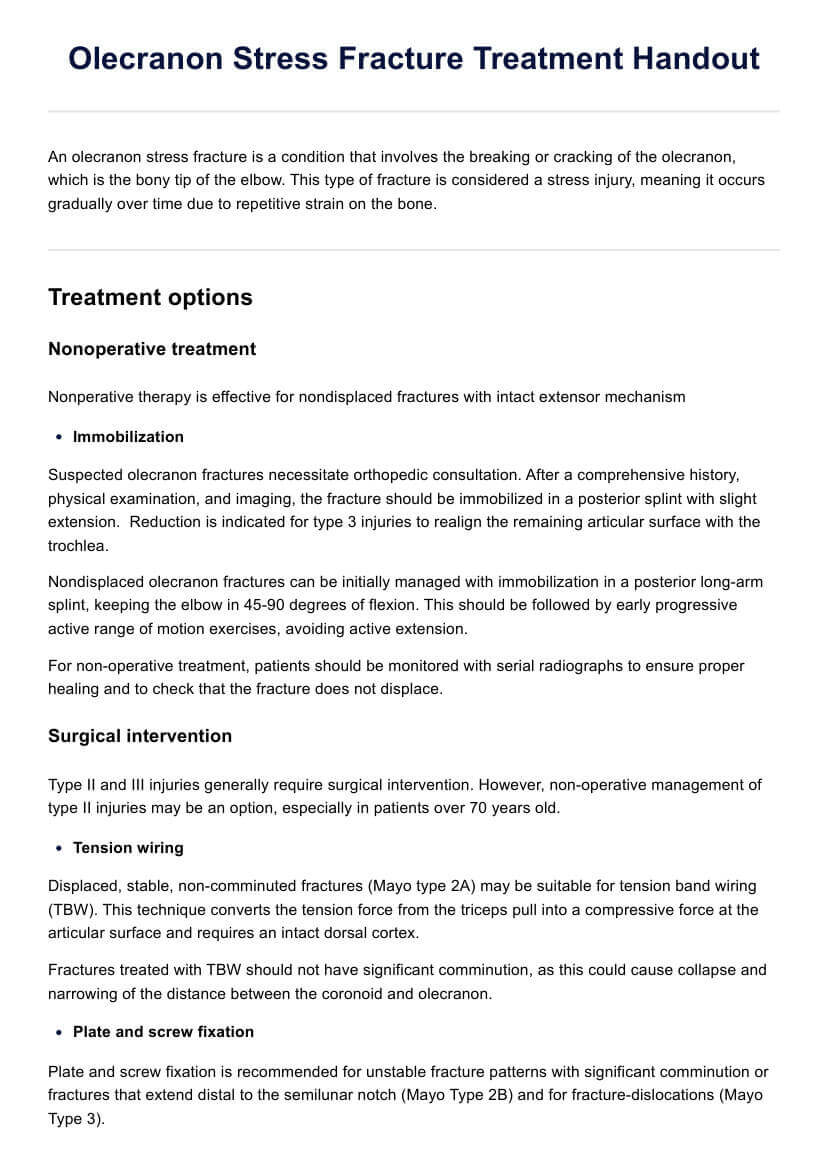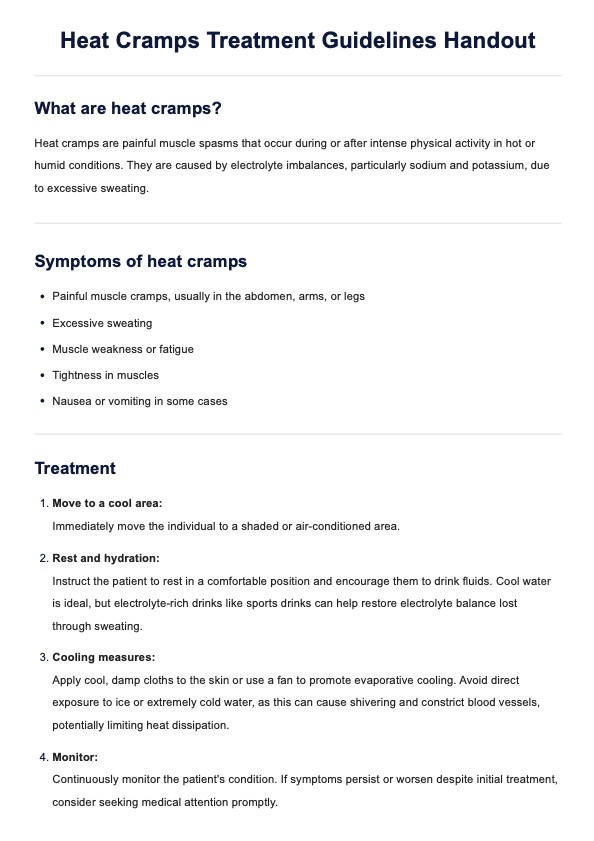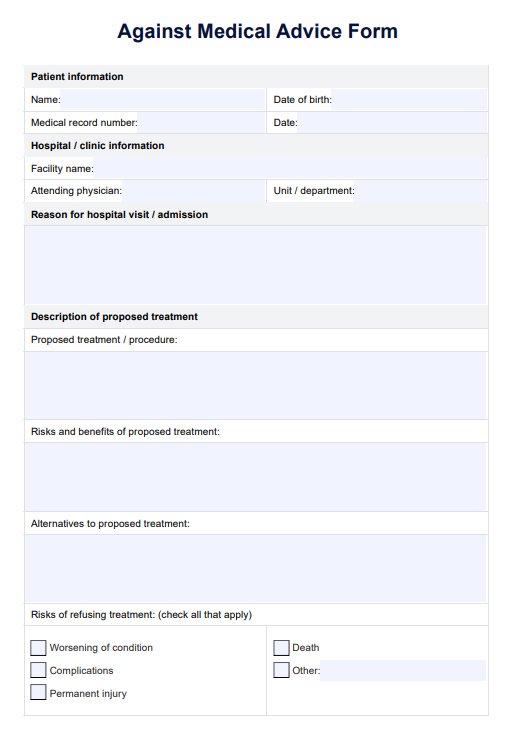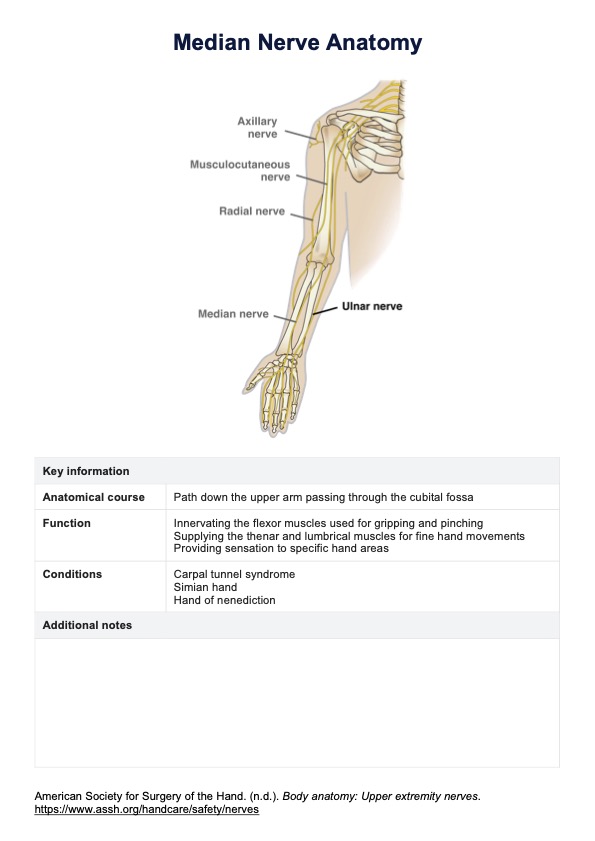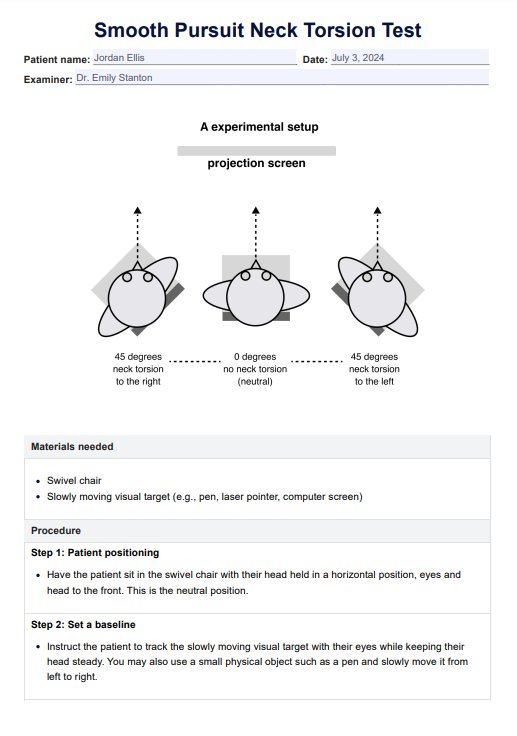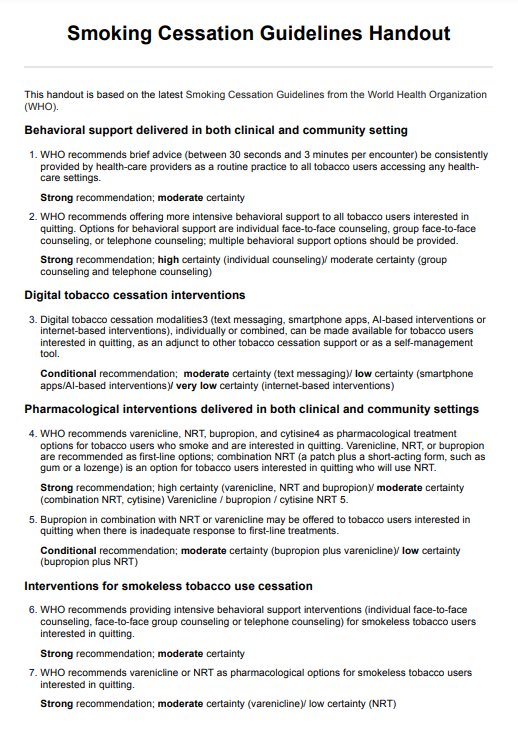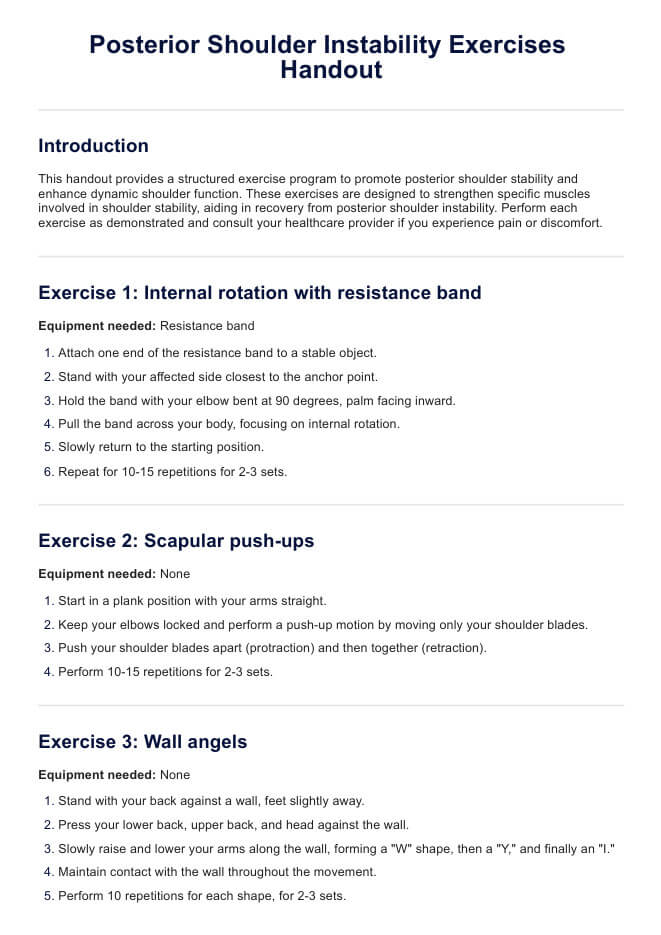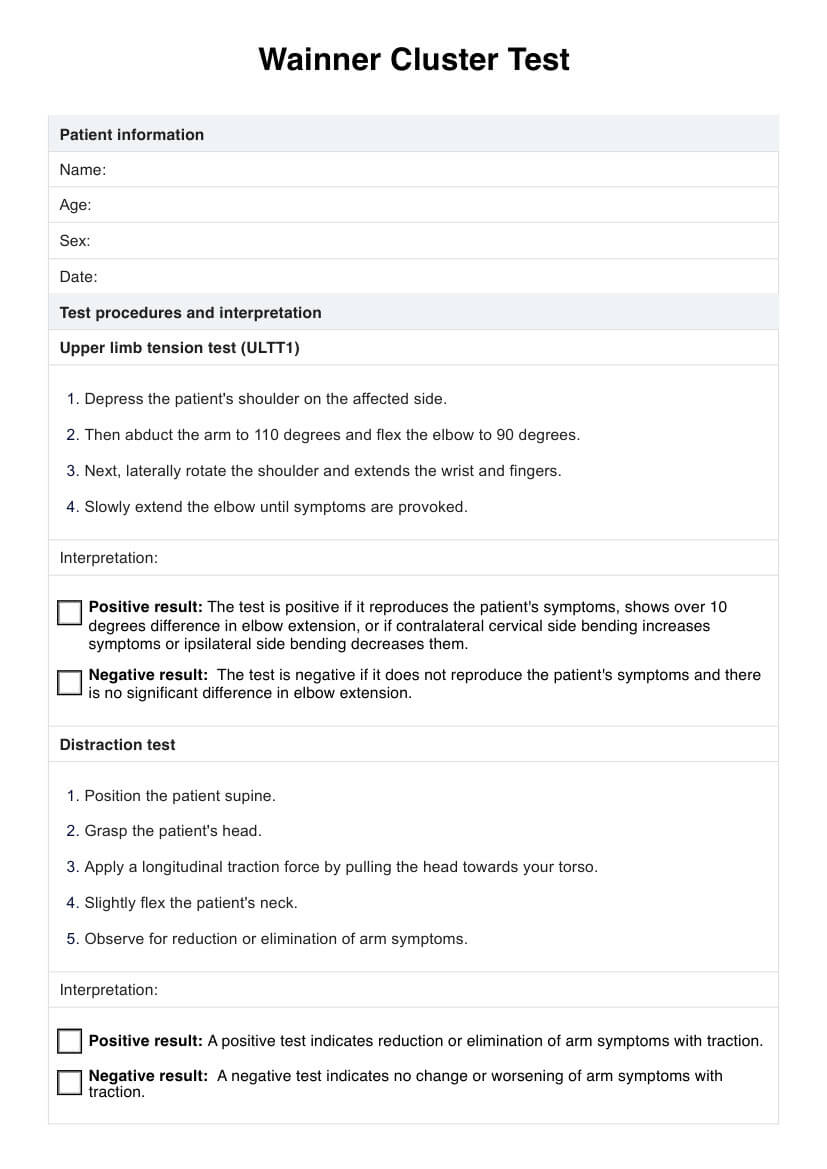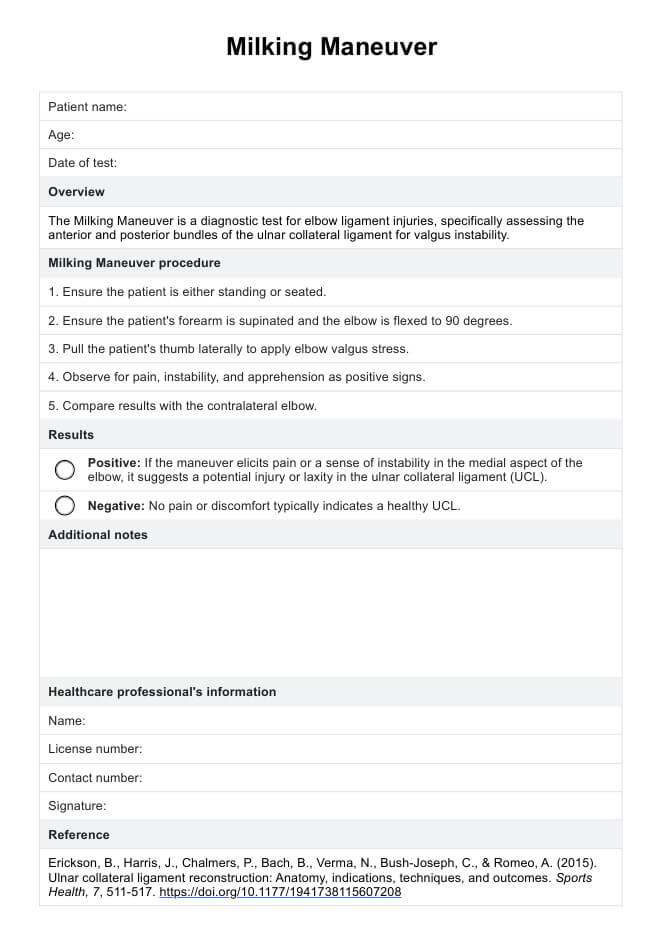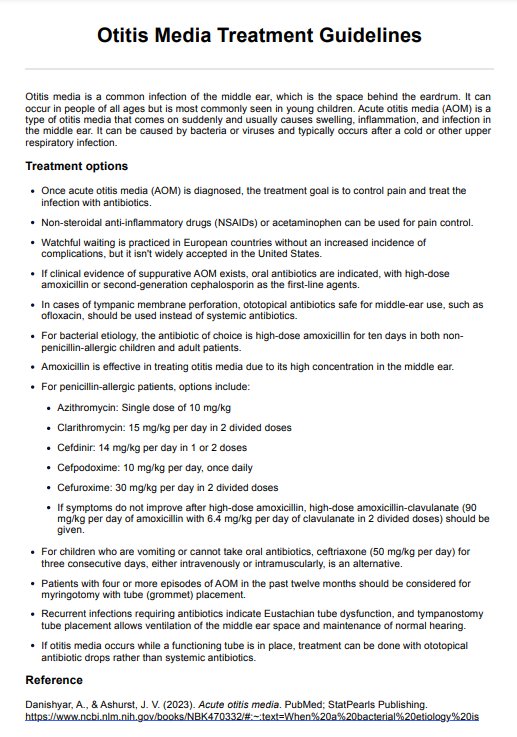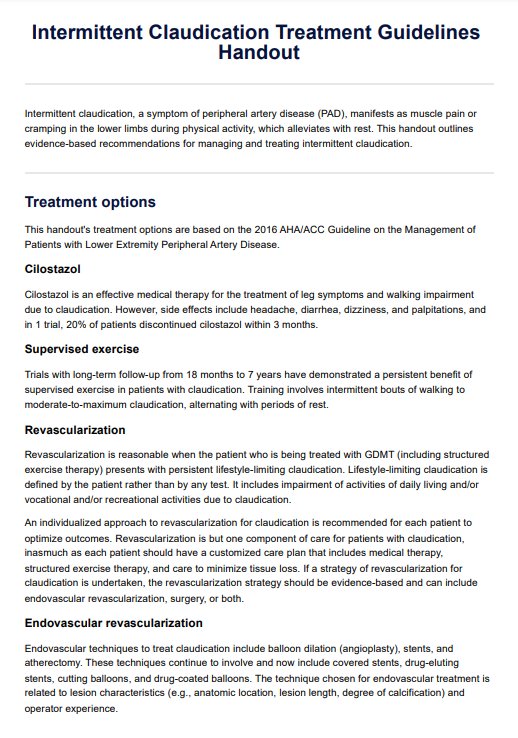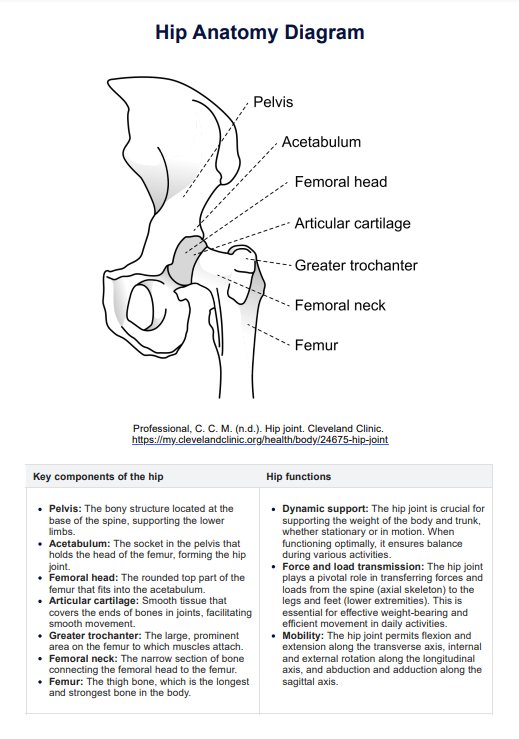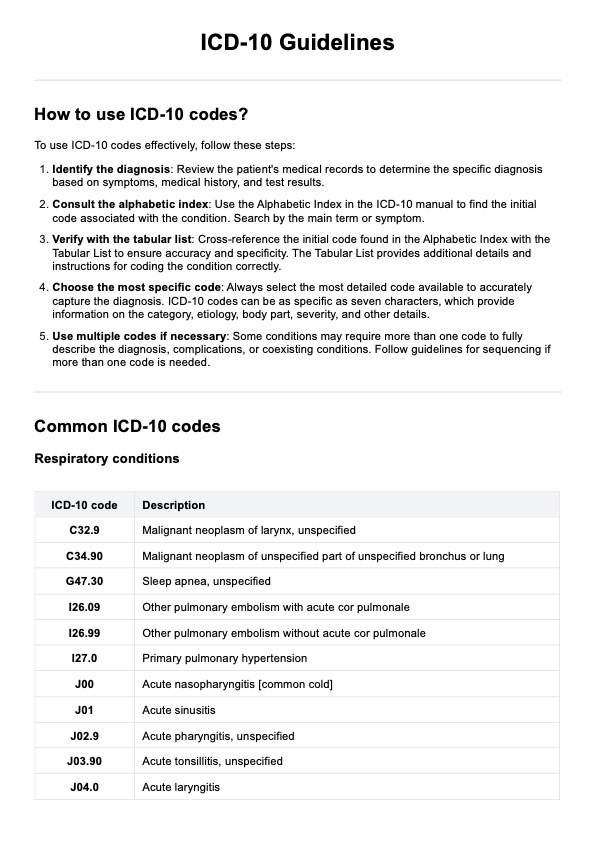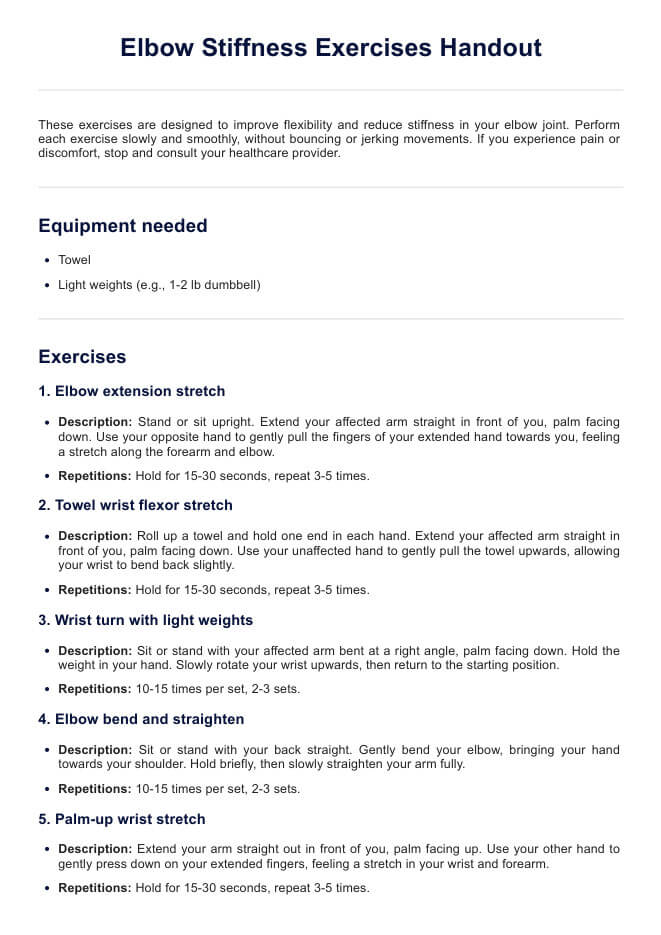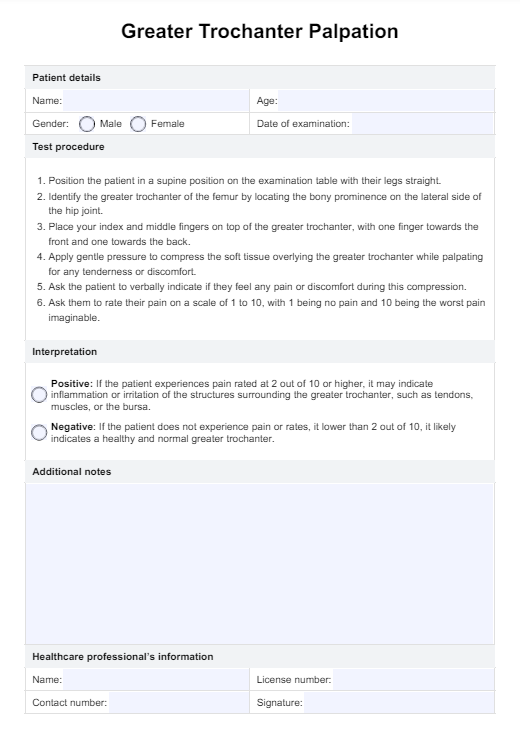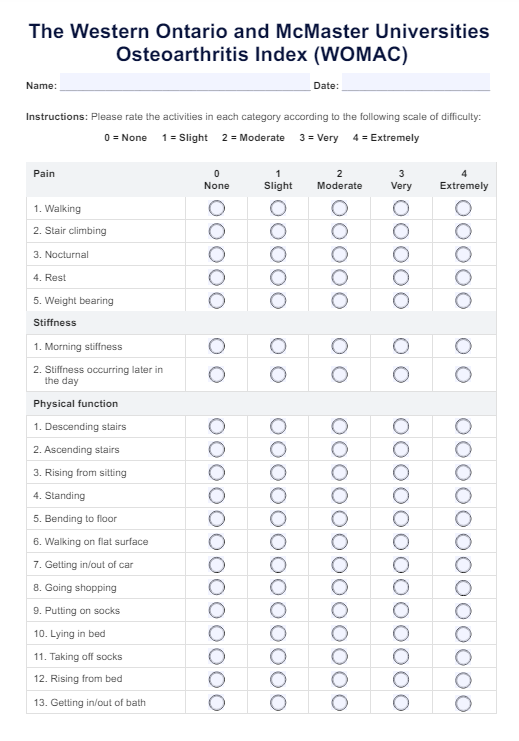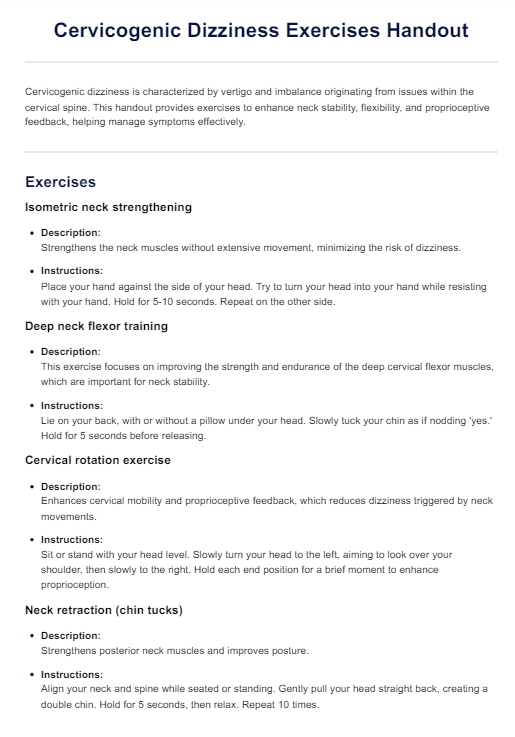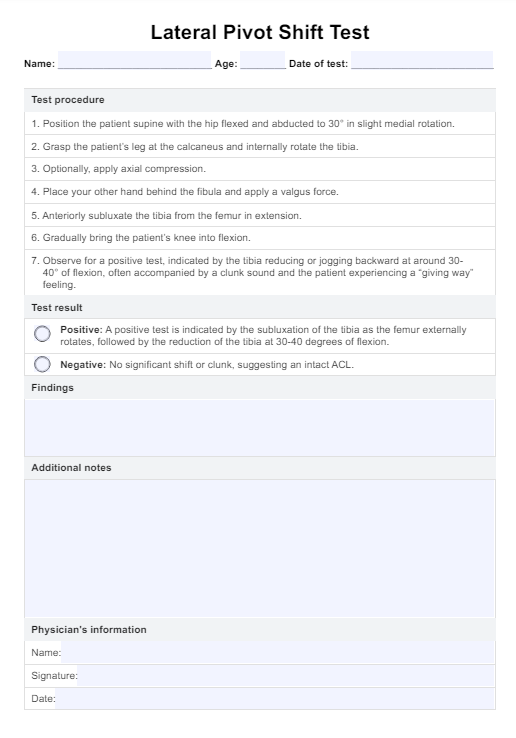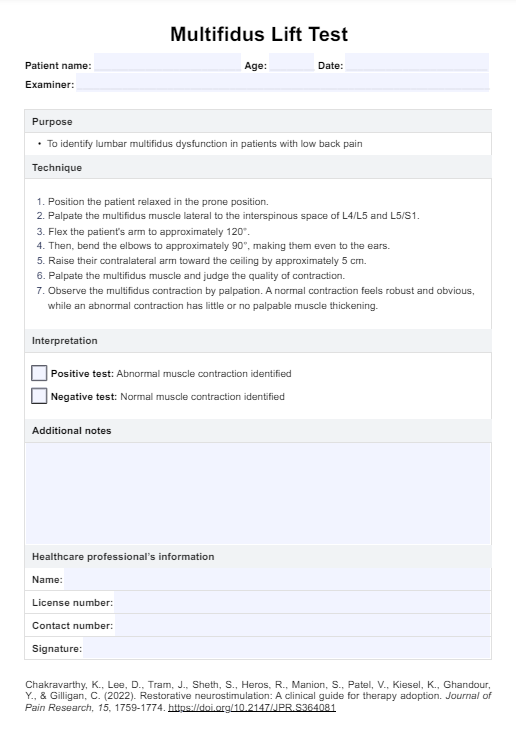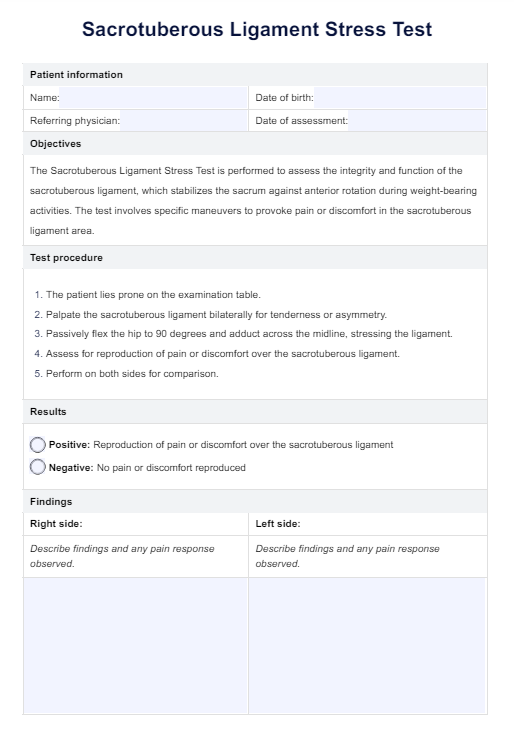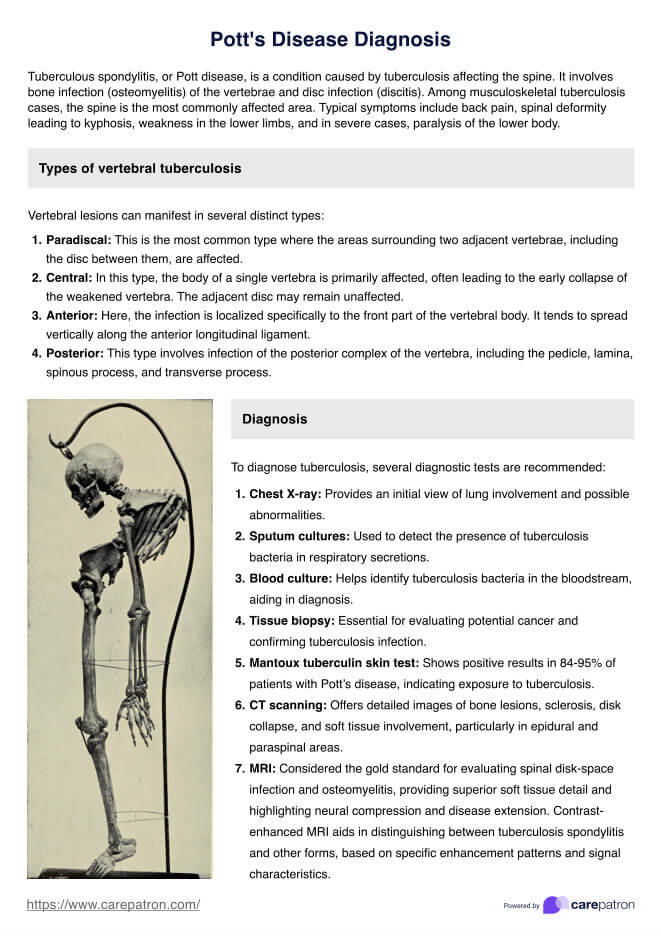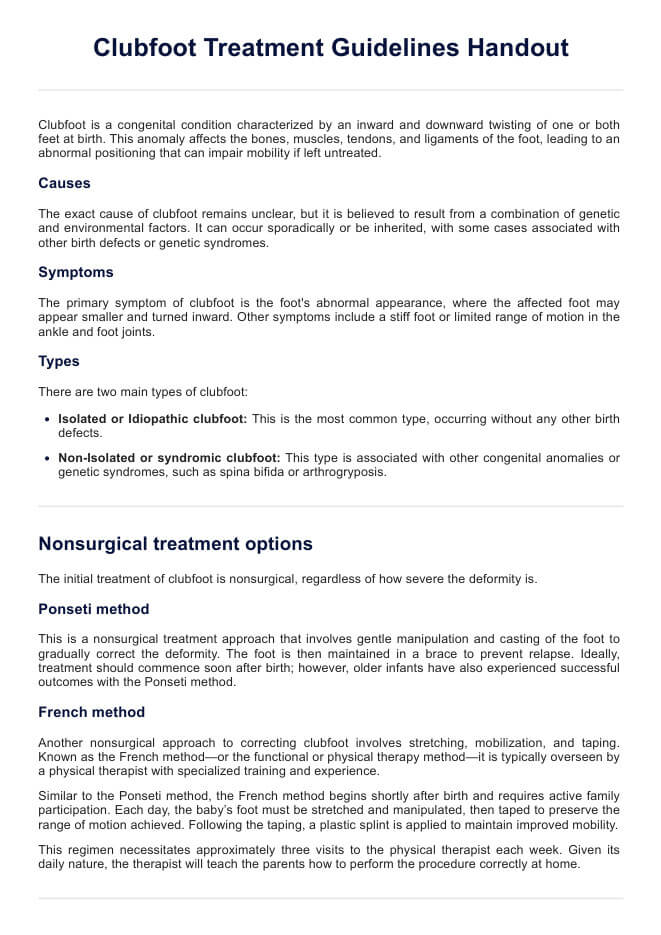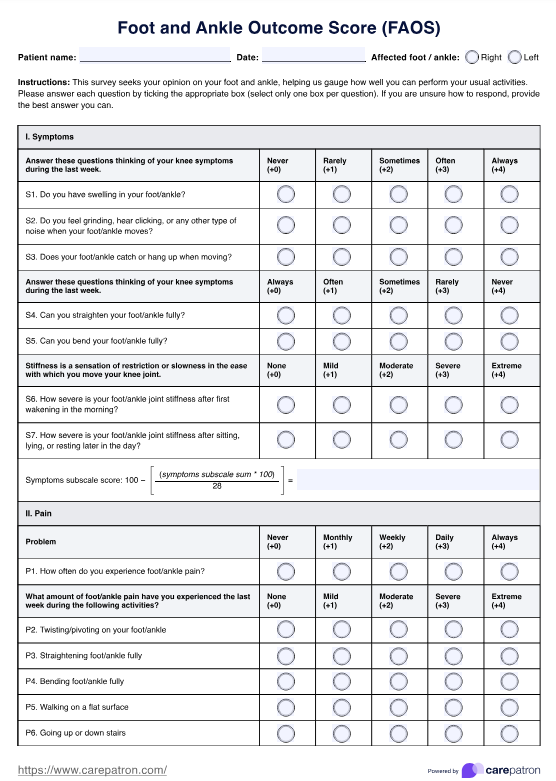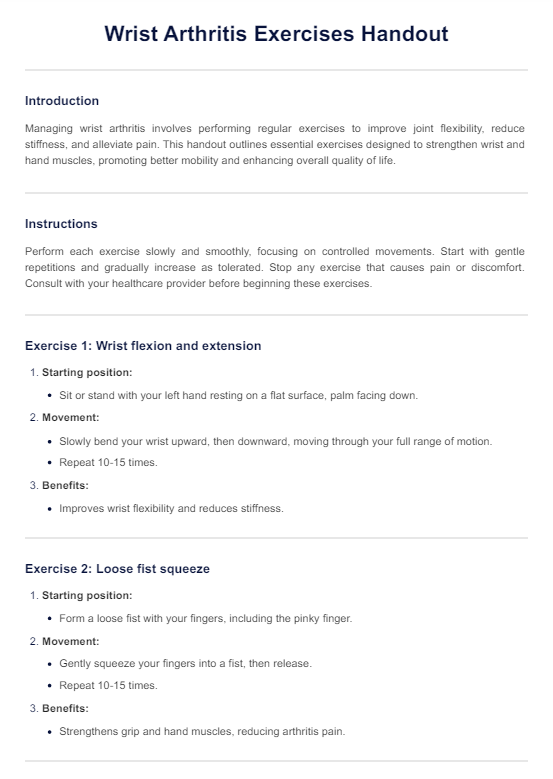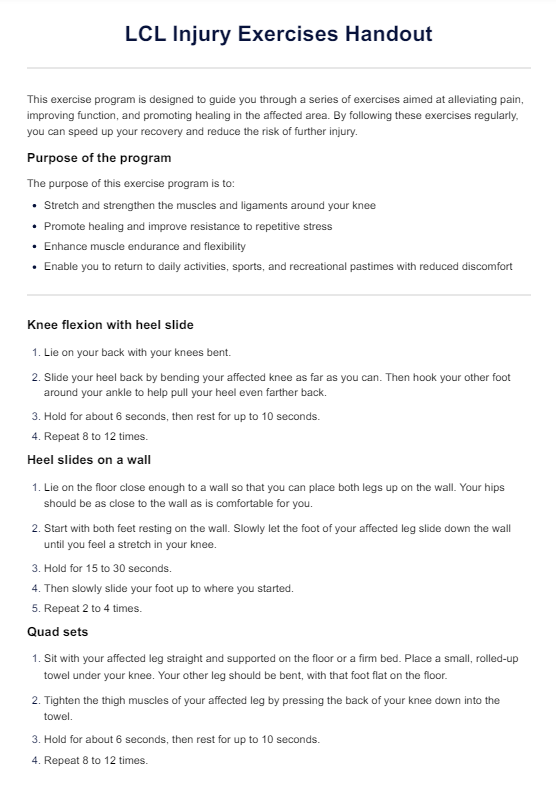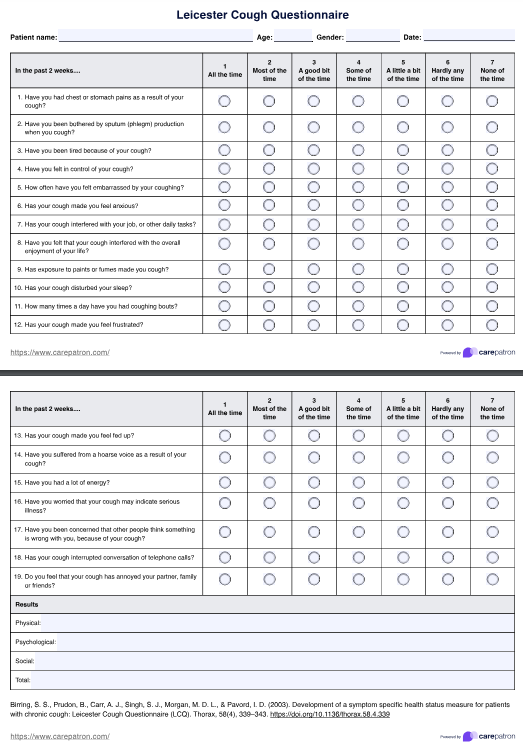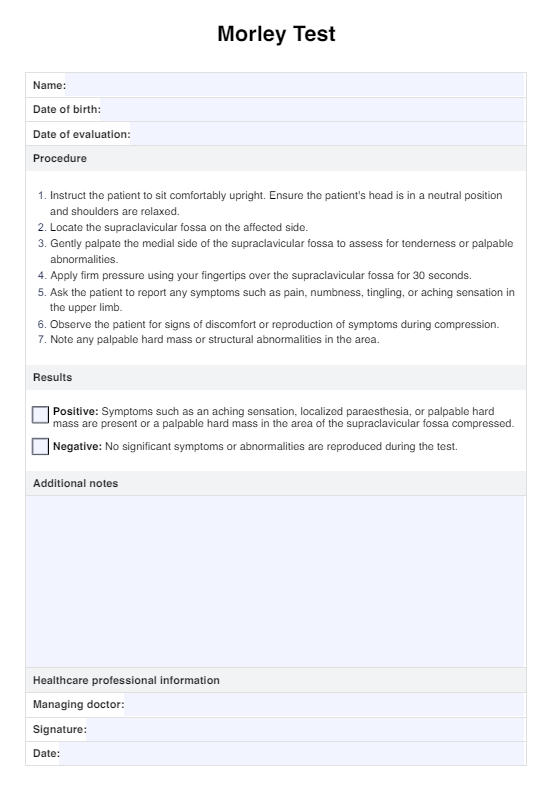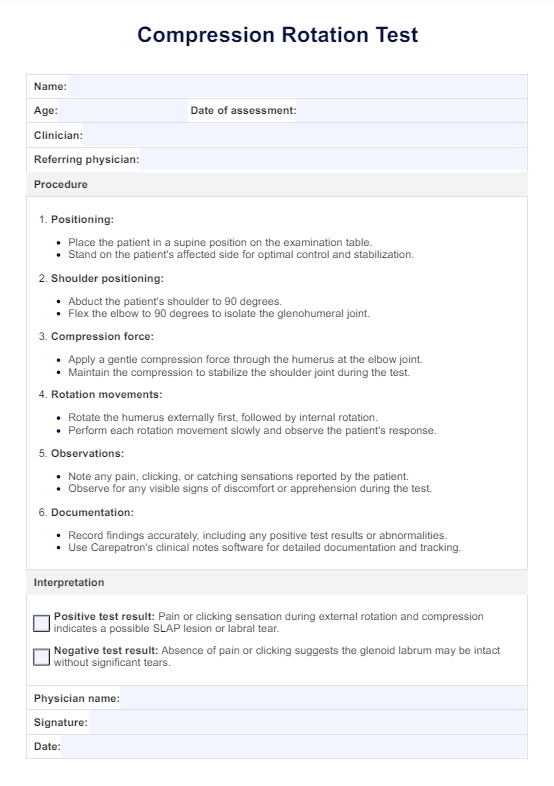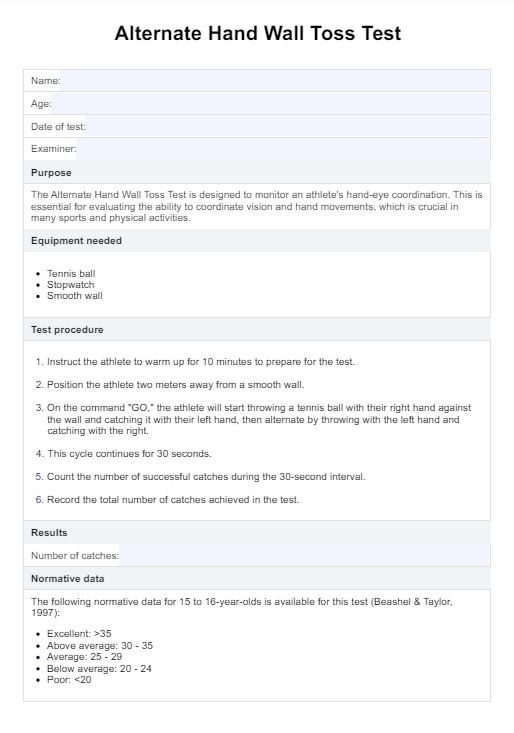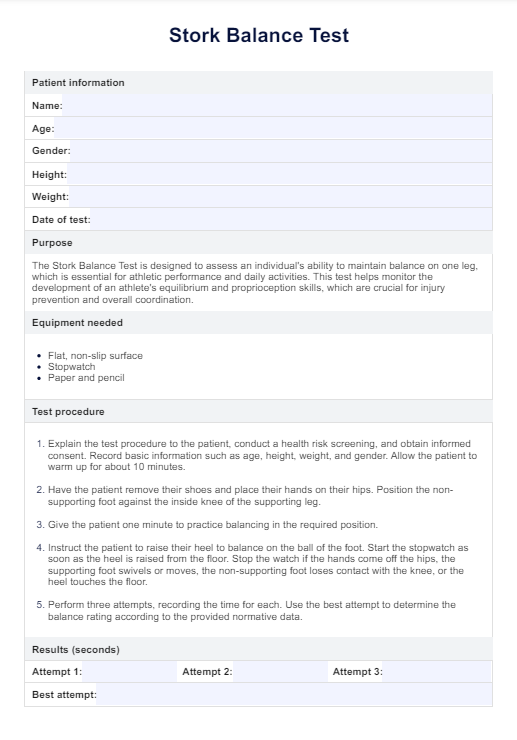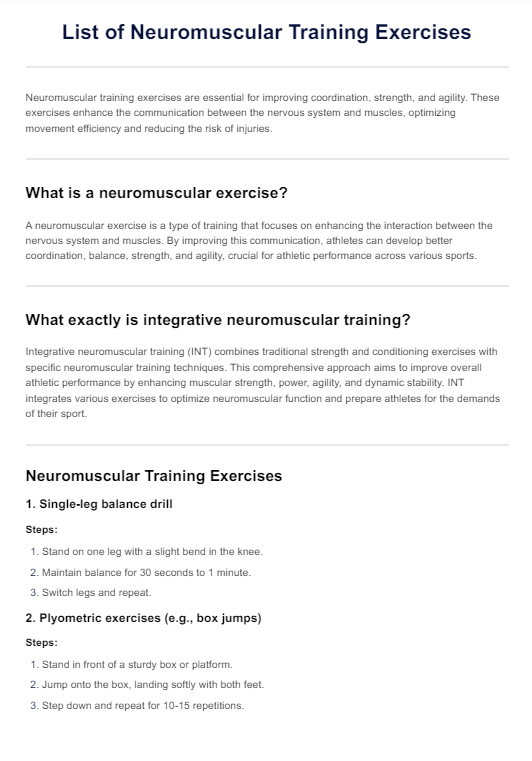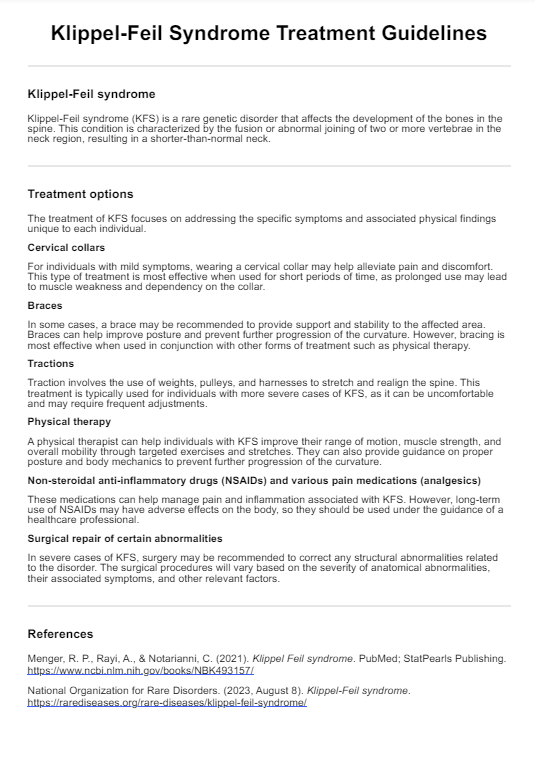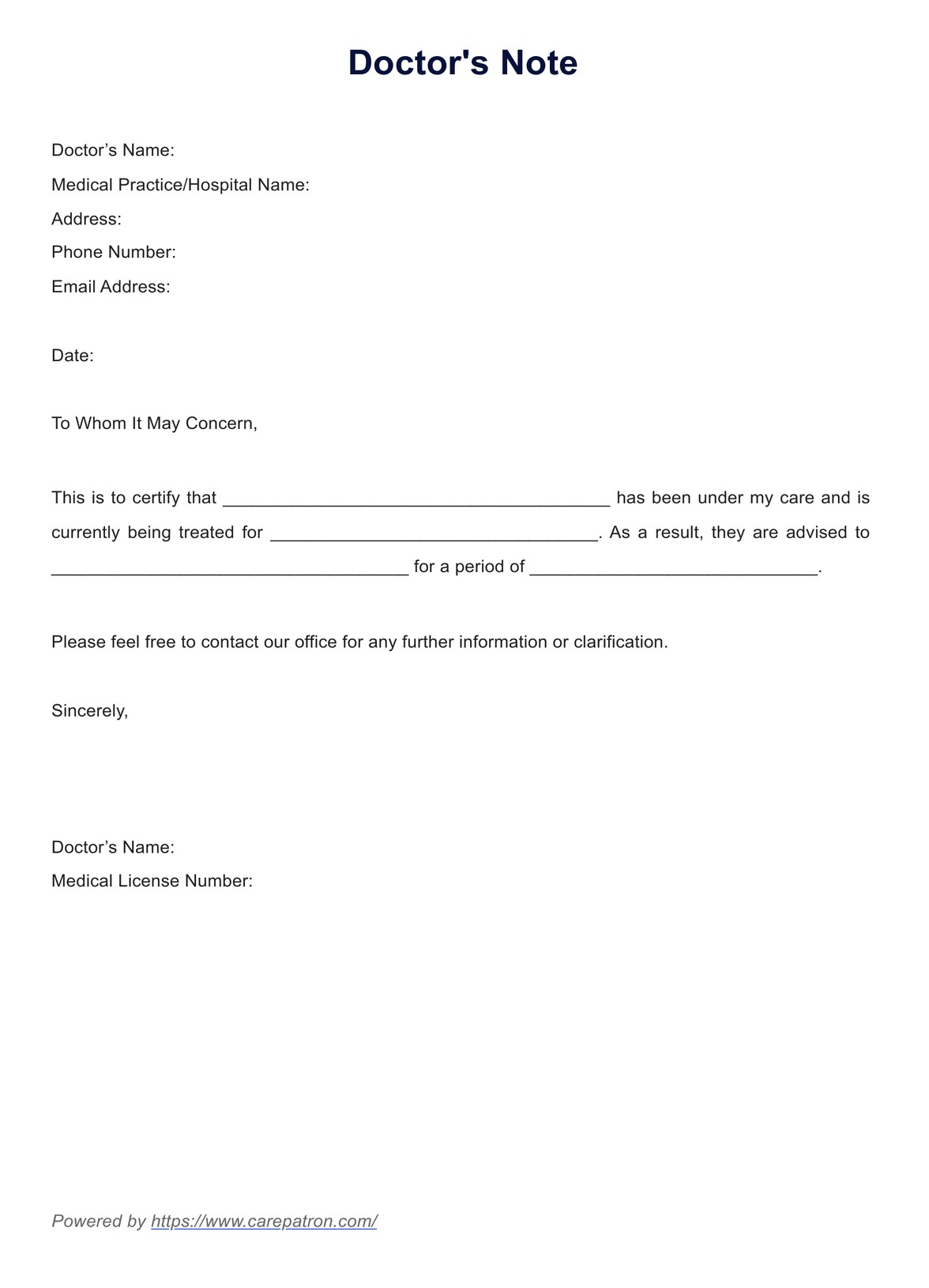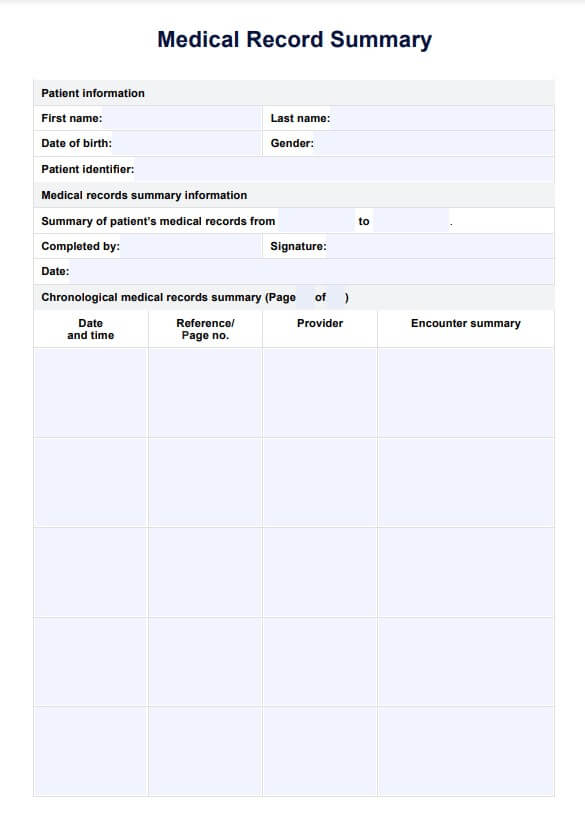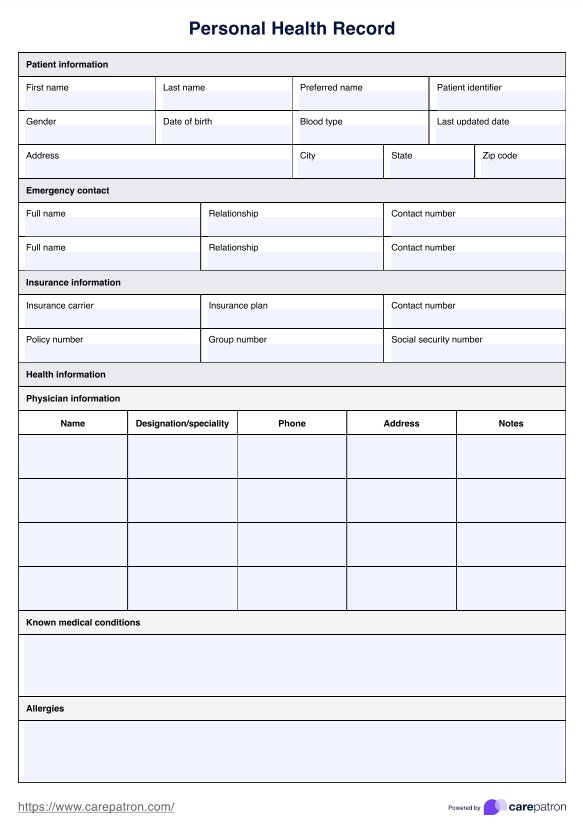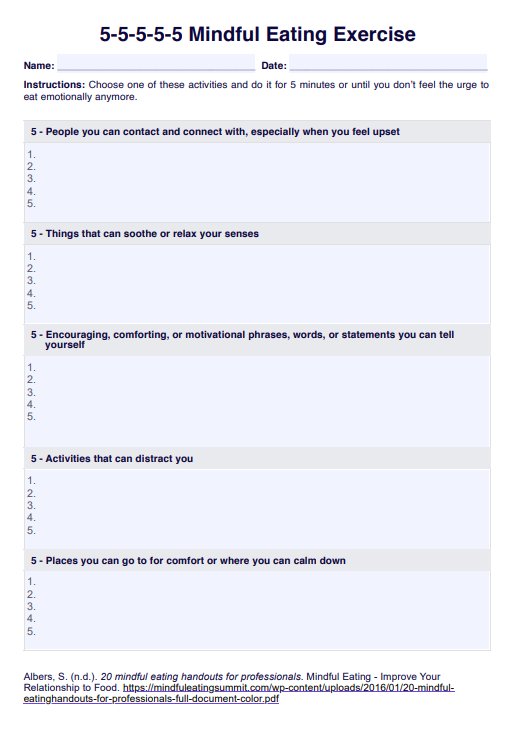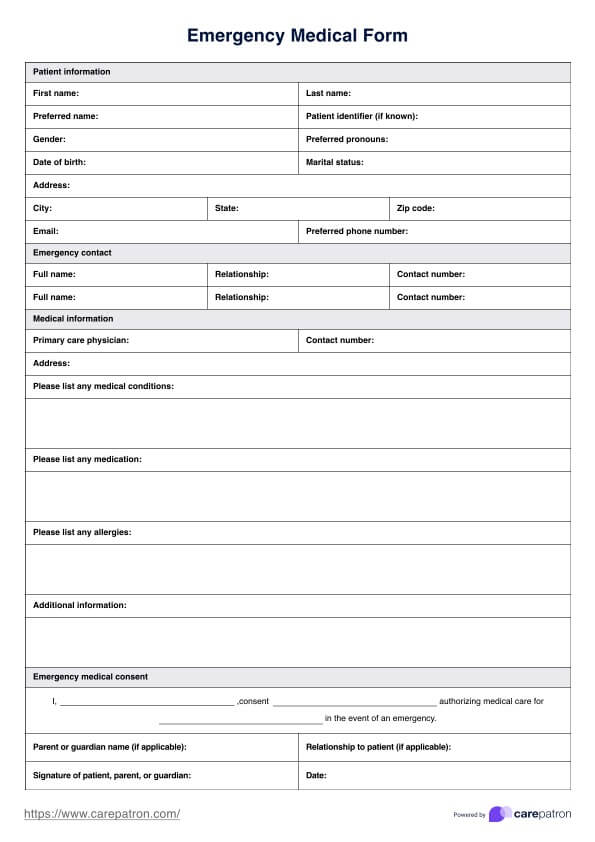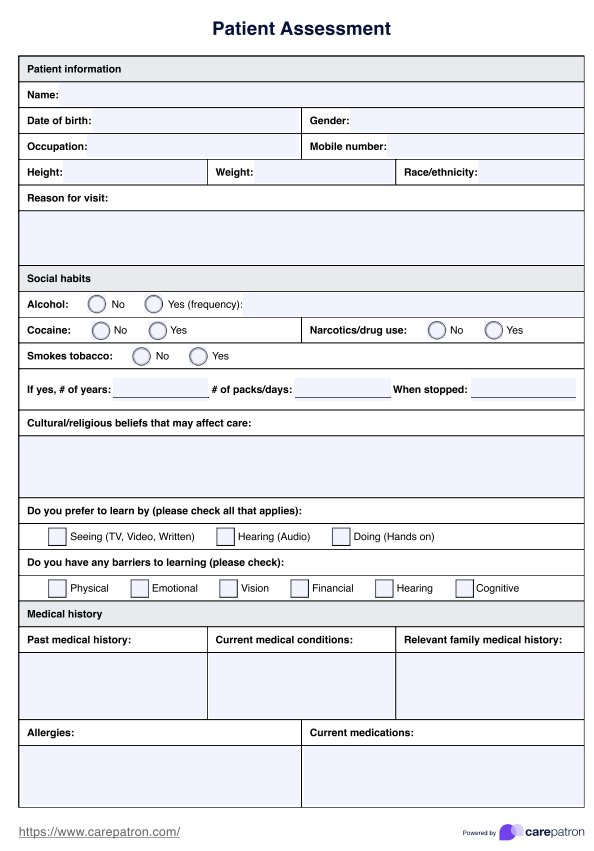Medical Release Form
Download a free medical release form to authorize the release of your medical records today!


What is a Medical Release Form?
A Medical Release Form, also known as a release of medical records authorization form, is a legal document that authorizes the release of an individual's protected medical information. This form should comply with the Health Insurance Portability and Accountability Act (HIPAA).
It allows a healthcare provider or other entity to disclose complete protected health information for review and evaluation concerning a legal claim. This HIPAA release form ensures that healthcare providers and entities comply with the regulations while releasing an individual's medical records, such as an employer or insurance company.
By signing this HIPAA authorization form, the patient or legally authorized representative grants permission for the healthcare provider to release their medical records to a designated third party. Additionally, the form should specify an expiration date or event, after which the authorization is terminated or no longer valid.
It's also important to note that the Medical Release Form only authorizes the release of protected medical information for the specific purpose indicated on it. For example, if the purpose of the release is legal claim review and evaluation, the health provider is only authorized to release relevant medical records.
Releasing and transferring medical records for other purposes would require a separate authorization form. This ensures that the patient's privacy and confidentiality are protected and that medical record information release is only conducted for specific and authorized purposes.
Medical Release Form Template
Medical Release Form Example
How does this Medical Records Release Form template work?
Medical Release Forms are an essential tool for authorizing the release of protected medical information in a compliant and secure manner. If your patients need to authorize the release of medical records to a designated third party, follow these steps to ensure a smooth and successful process:
Step 1: Obtain the Medical Release Form
The first step is obtaining our Medical Release Form on the Carepatron app or by clicking the download button on this page. Our template is compliant with HIPAA regulations.
Step 2: Complete the form
Once you have the form, have your clients carefully read and complete all required fields. This includes providing personal information, the name and contact information of the designated third party receiving the medical records, and the purpose for which the records are being released.
Step 3: Sign the form
After completing the form, tell them to sign and date it in the appropriate fields. If they sign on behalf of someone else, such as a minor child or an adult who cannot sign, make sure they indicate their legal authority.
Step 4: Submit the form to the healthcare provider or entity
Instruct the patients to submit the completed and signed form to the health provider or entity that maintains their medical records. Depending on the provider's policies and procedures, this may be done in person, by mail, or electronically.
Step 5: Wait for the release of medical records
Once the healthcare provider or entity receives the form, they will review it to ensure compliance with regulations. If everything is in order, they will release the medical records to the designated third party securely and confidentially.
When should you use this Medical Release Form template?
There are several instances where using a free Medical Release Form template is beneficial. Let's look at some of these:
Legal claims processing
One common use for a Medical Release Form is in connection with a legal claim. If an individual is involved in a legal matter, their medical records may be relevant. In this situation, a Medical Release Form can authorize the release of the individual's medical records to their lawyer or other designated third party.
Insurance claim processing
Another use for this form is in the context of insurance claim processing. Suppose an individual has filed an insurance claim related to their healthcare. In that case, a medical records request form template may be required to authorize the release of their medical records to the insurance company for claim processing purposes.
Transferring care
A medical records release form can facilitate the transfer of medical records when transferring care to a new healthcare provider. By authorizing the release of their medical records, the individual can ensure that the new provider has access to all relevant medical information, making it easier to provide appropriate care. Moreover, it provides a clear and concise authorization for releasing medical records, avoiding confusion or misunderstandings.
Keeping personal record
Individuals may also wish to obtain a copy of their medical records for personal reasons. By authorizing the release of their medical records, individuals can obtain a copy for personal record keeping and future reference.
Commonly asked questions
A patient's medical records are confidential and vital to healthcare functions. Individuals violating HIPAA regulations can face fines, jail time, and lawsuits.
If a minor requires medical treatment while their parents are traveling, the form is necessary to authorize the release of their medical records to the treating healthcare provider. The parents or legally authorized personal representative can complete and sign the form in advance and provide a copy to the child's caretaker. The form should include the name and contact information of the designated caretaker, as well as the travel dates.
Medical Release Forms can be obtained from healthcare providers or entities, such as hospitals, clinics, and doctor's offices. Ensuring that the form complies with HIPAA regulations and includes all necessary fields and information to authorize the release of protected medical information is crucial.


